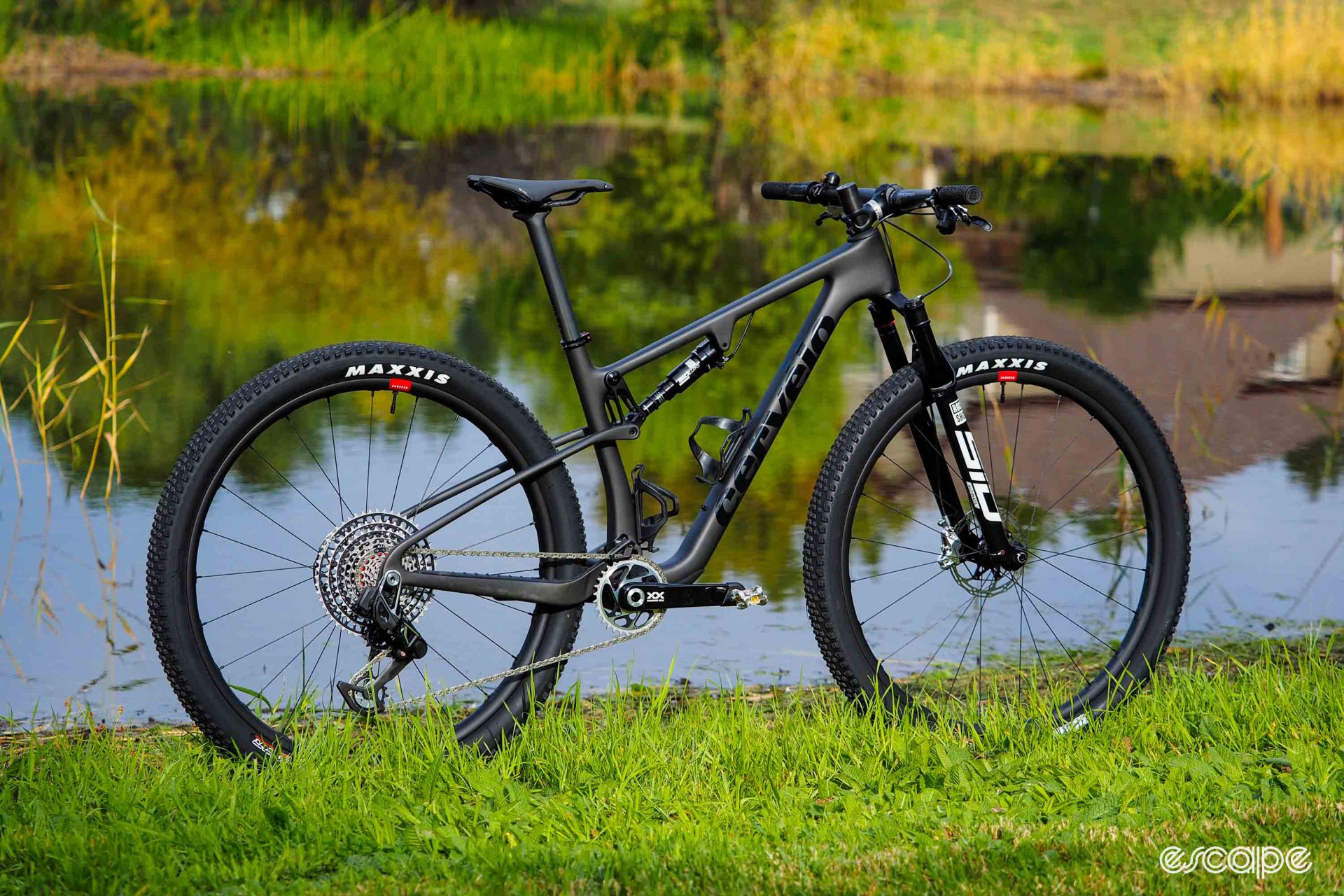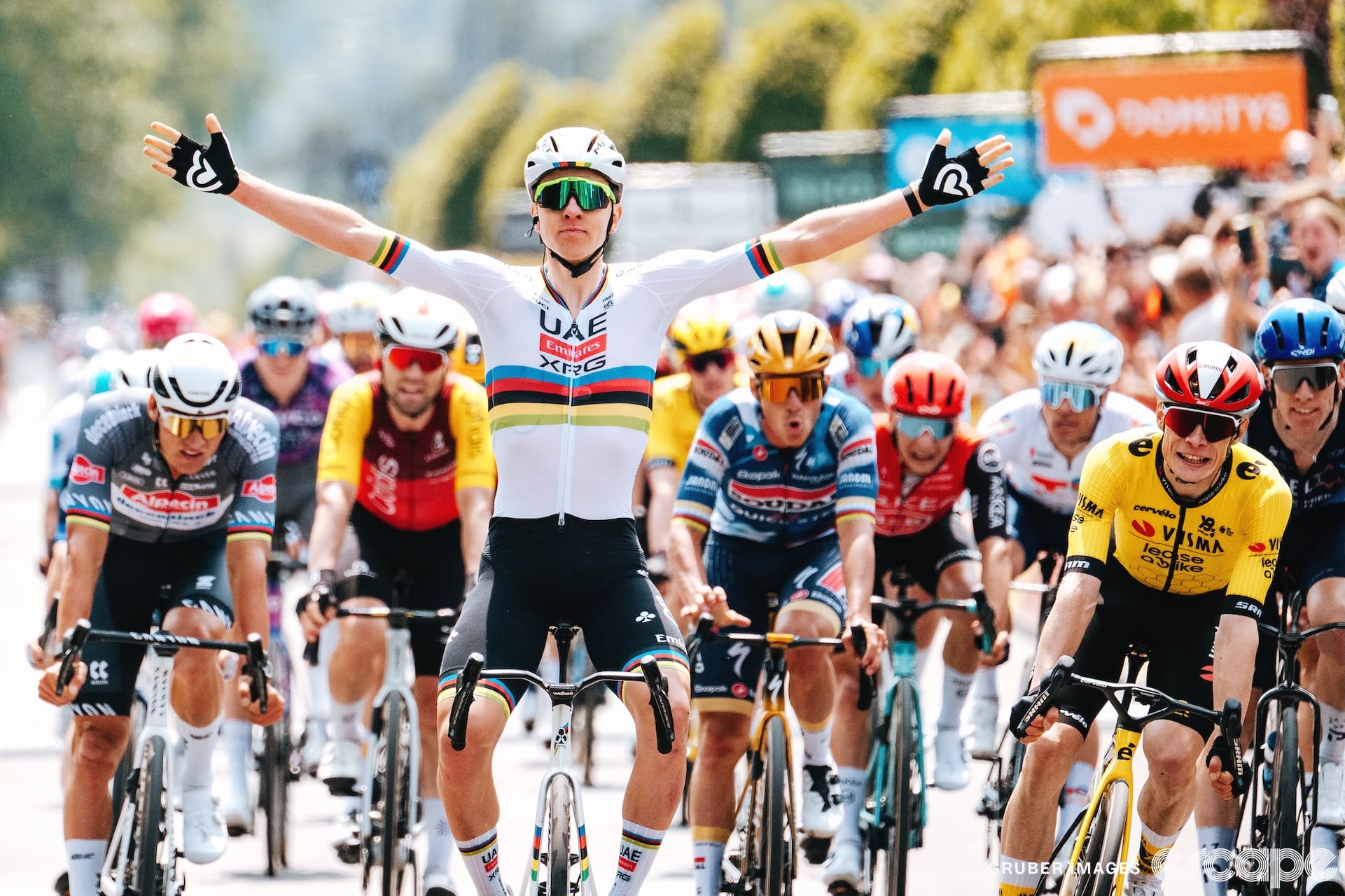Cervelo is a brand well-known for its innovations in the drop-bar space in such high-performance areas as ultra-low weight and cutting-edge aerodynamic efficiency. But mountain bikes? Pardon the pun, but that historically hasn’t exactly been in Cervelo’s wheelhouse. However, being under the same Pon Holdings corporate umbrella as Santa Cruz has its advantages, and while Cervelo’s new ZFS-5 supposedly isn’t quite an exact copy of the anticipated Blur revamp, there’s still enough technology swapping to make it a super cross-country race machine.
Good stuff: Efficient under power, supple suspension performance, quick-but-not-too-quick handling, semi-progressive fit, lively frame flex characteristics.
Bad stuff: Only four sizes, pointless headset cable routing, no dropper included on 100 mm-travel models, tight bottle spacing, upcoming Santa Cruz Blur might be even better.
Racing motivations and corporate cousins
First things first: why has Cervelo bothered with mountain bikes, anyway? And keep in mind, we’re not just talking about one, but rather two, as the brand also has a hardtail in its stable. The answer, as is often the situation in cycling, is racing. In this case, it’s the Cervelo-sponsored Jumbo-Visma team that recently started competing on the UCI World Cup cross-country circuit, and someone higher up in the corporate food chain decided it wasn’t a good look if team riders weren’t actually riding Cervelos.
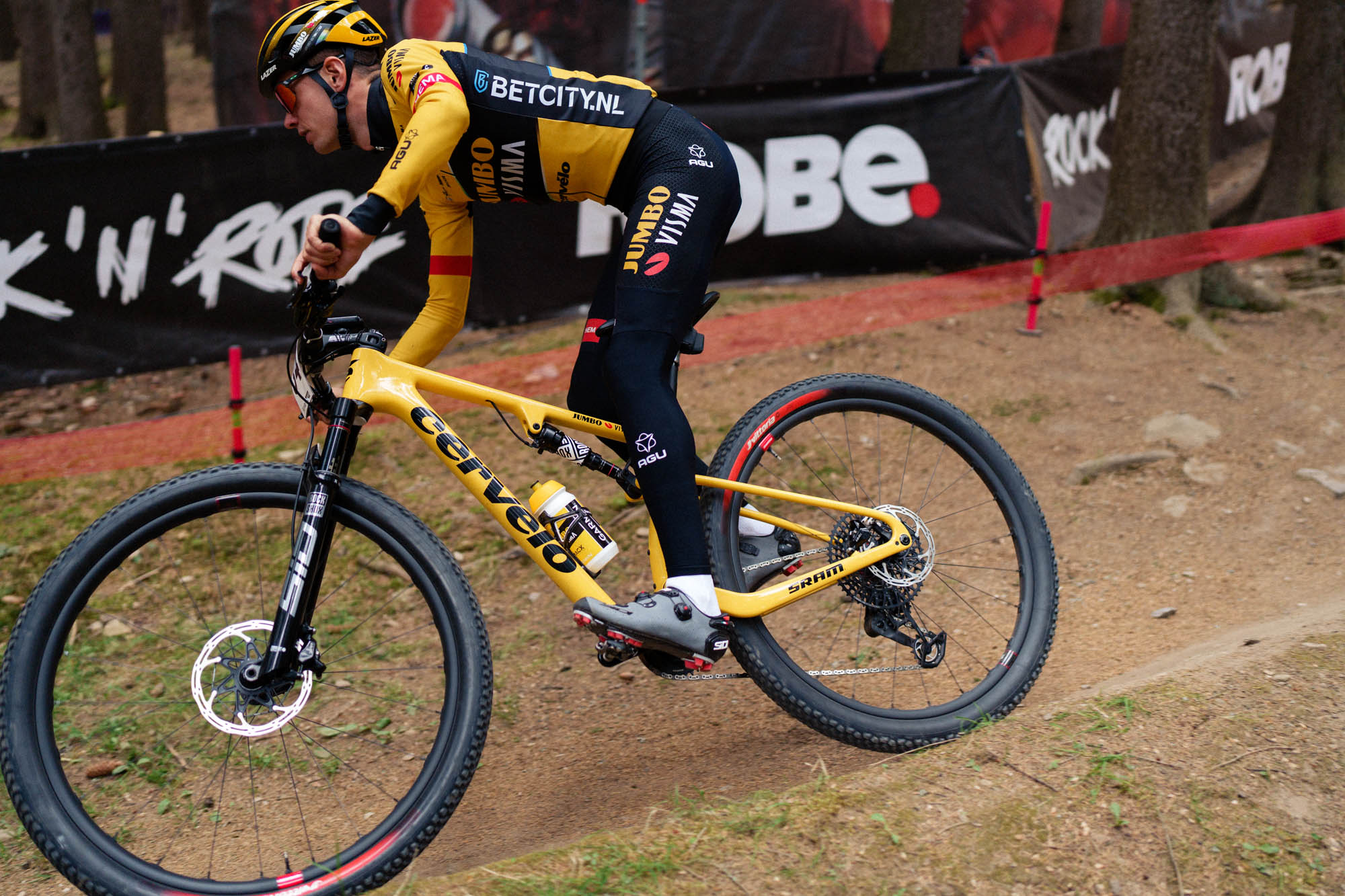
The easy answer, of course, would be for Jumbo-Visma to cherry pick from the corporate parts bin and just ride on repainted Blurs, and you’d be forgiven for thinking the ZFS-5 is just that as they not only look awfully similar from a design standpoint (at least from a distance), but also feature a similar-looking single-pivot, flexstay rear suspension design. But alas, Cervelo is adamant that’s not the case, as the company expressed when I asked about it back in May.
“Santa Cruz were fundamental for us in terms of the kinematics of the bike,” said Cervelo engineering manager Scott Roy. “The hard points – BB-to-swingarm, swingarm-to-link pivot, link pivot-to-shock pivot, shock pivot-to-top tube – are the same across the sizes as the Blur, but the geometry of the two bikes is different, and the design language is different. It’s not a repainted Blur.”
Regardless, the thinking behind the ZFS-5 is pretty much the same as Blur.
“Progressive but racy, ZFS-5 was built for today’s evolving XCO courses,” reads the marketing spiel on the Cervelo web site. “It has to pedal well and handle quickly, but also take on the chunks, jumps, and drops littering the circuit.”
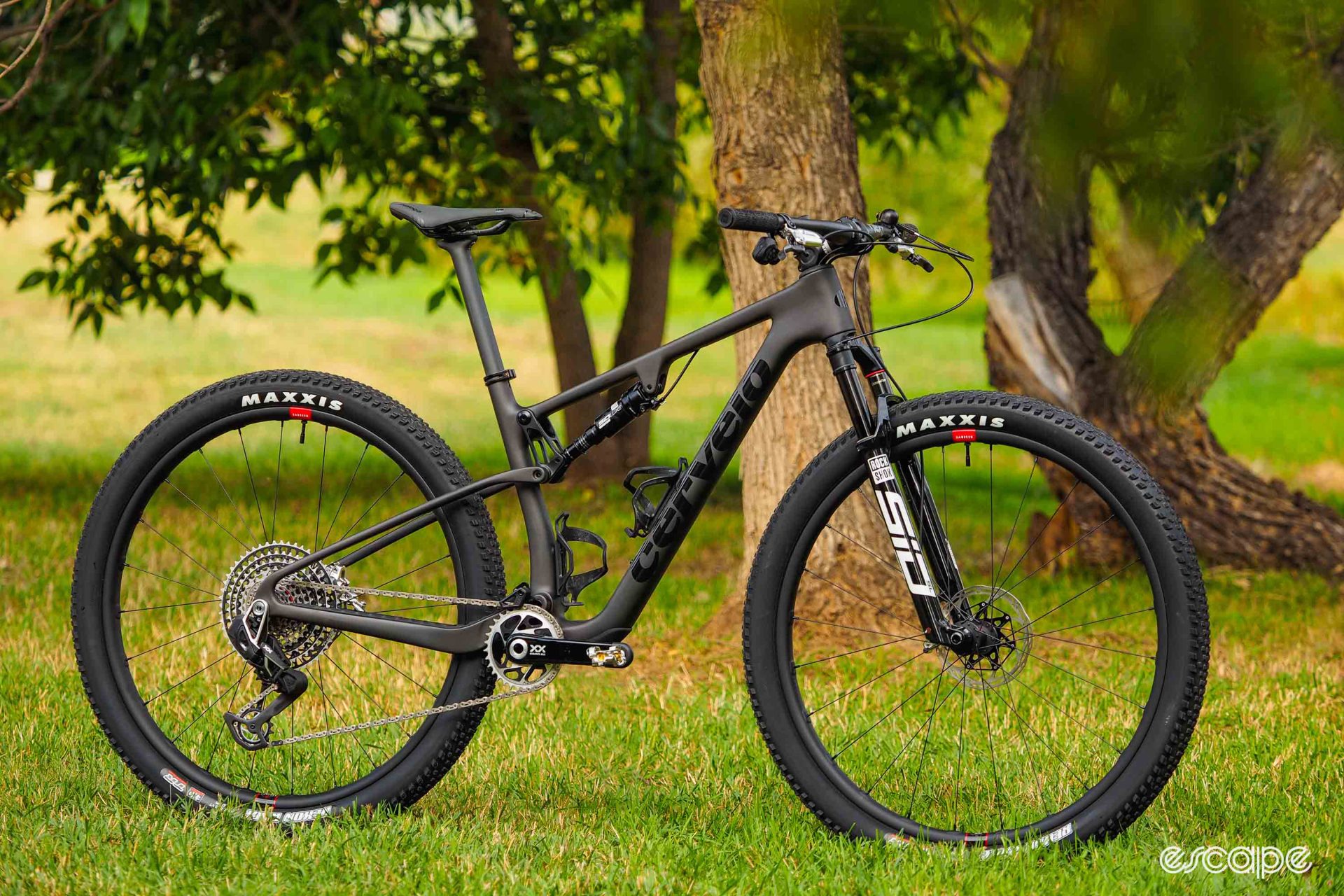
Minimizing weight is a big priority here, and both the front triangle and rear swingarm are made of molded carbon fiber, with only moderately oversized dimensions throughout so as to reduce how much material is required. As already mentioned, Cervelo is sticking with the tried-and-true single-pivot flexstay suspension layout, with the pivot located just above the top of a 32-tooth chainring for a bit of extra anti-squat behavior to keep the suspension from compressing under power. The seatstays are flattened so they can flex to accommodate changes in geometry as the rear end moves through its travel, and the rear brake mount – which is a separate bolted-on aluminum component – is intentionally designed to attach only to the chainstay so as to not impede that flex, either.
All of that is connected to a forged-and-machined aluminum swing link that’s anchored in the top tube and drives a RockShox SID Luxe Ultimate rear shock. Rear wheel travel is set at 100 mm or 120 mm of travel depending on what shock is fitted, with matching amounts of fork travel. Sealed cartridge bearings are used at all the physical pivots, along with expanding collet-style aluminum hardware to prevent loosening and creaking. Pretty standard stuff here, and if you’re wondering about that wild aluminum yoke Jumbo-Visma riders were occasionally using in short-track events, don’t hold your breath for a consumer version.
Not. Gonna. Happen.
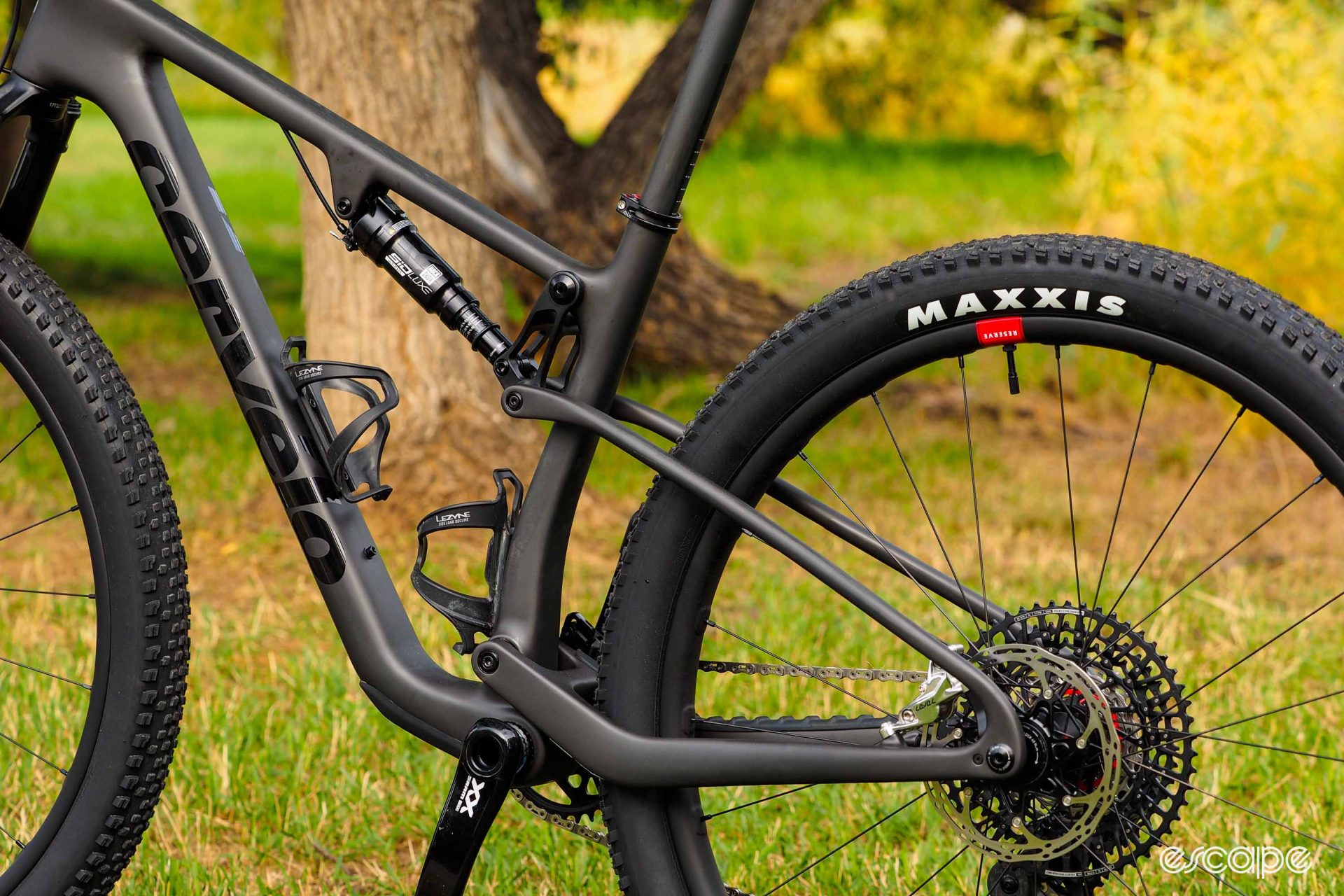
Claimed weight for a medium frame without rear shock (but with associated hardware) is 1,472 g (3.25 lb).
Geometry-wise, the ZFS-5 is moderately progressive.
Up front, the head tube angle varies from 66.6-67.8°, depending on suspension travel, and the reach dimensions are quite long across the board: 445 mm for a medium 100 mm-travel setup, for example, and 469 mm for a large. Seat tube angles are more along the lines of what you’d expect for a XC racer, ranging from 74.9-76.5°, depending on frame size and suspension travel. In keeping with the latest trends, chainstay lengths vary with frame size – from 432 to 440 mm – with larger bikes getting longer rear ends to help maintain proper weight balance. Interestingly, though, Cervelo doesn’t do this with dedicated rear triangle molds, instead translating the swingarm pivot point to achieve the same end result.
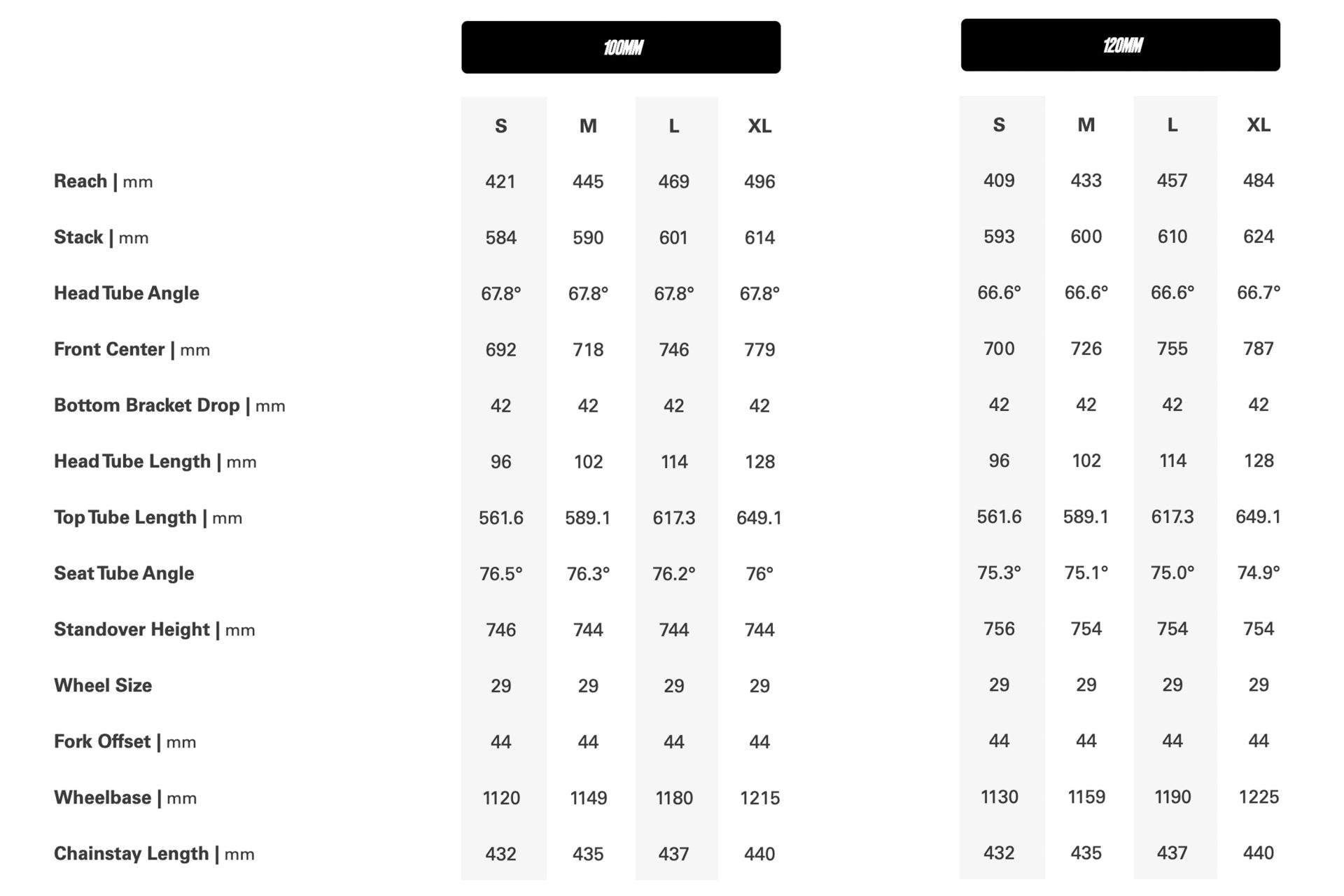
Feature-wise, the rest of the ZFS-5 is about as straightforward as it gets these days.
Down below is a standard 73 mm-wide English-threaded bottom bracket shell, and up top is a conventional external aluminum seatpost clamp, sized for a 30.9 mm-diameter round post with routing for a dropper. Out back is the SRAM Universal Derailleur Hanger you’d expect for a modern mountain bike, and ultra-minimal chain guides (made for Cervelo by OneUp Components) are standard across the board.
Cervelo is offering the ZFS-5 in a wide range of builds, but also two general flavors, so to speak. The more pure-XC, 100 mm-travel versions feature slimmer and lighter forks with dual remote lockout controls, fixed carbon fiber seatposts, and speedier Maxxis Rekon Race tires, while the slightly more trail-oriented 120 mm-travel ones get slightly beefier forks with manual damper controls at both ends, standard dropper seatposts, and more forgiving Maxxis Rekon tires.
Regardless of which way you go, there’s another feature included across the board: headset cable routing. The claimed benefits are the same as they always are – cleaner cockpits and slightly lighter weights – but don’t you worry, I’ll definitely discuss this in more detail shortly.

Cervelo provided for review the no-holds-barred flagship XC racer, with 100 mm of suspension travel, a SRAM XX SL Transmission wireless electronic groupset with SRAM Level Ultimate four-piston hydraulic disc brakes, Reserve 28 XC carbon fiber wheels (another benefit of being part of that Pon Holdings conglomerate), Race Face aluminum and carbon fiber finishing kit, and a Prologo Dimension NDR Nack saddle.
Actual weight for my medium-sized sample is 10.16 kg (22.40 lb) without pedals or accessories, and retail price is US$10,700 / AU$17,000 / £10,500 / €11,300 – definitely a giant pile of money, but still roughly inline with what you’ll find from other mainstream brands.
Modern XC race bikes are rad
I already knew that modern cross-country race bikes are absolutely incredible: faster and lighter than what we were all using not too long ago, but somehow also far more capable and versatile – and also just outrageously fun. And this Cervelo ZFS-5 most definitely falls into this category.
First things first, though: Even for hardtails, I’m a firm believer that dropper seatposts not only make mountain bikes better, but also make them faster overall. So before I even started testing, I installed a 150 mm-travel Reverb AXS that brought the weight up to 10.67 kg / 23.52 lb – still plenty light, albeit not quite as light as with the stock fixed carbon fiber. Still, it’s weight very well spent, in my opinion.
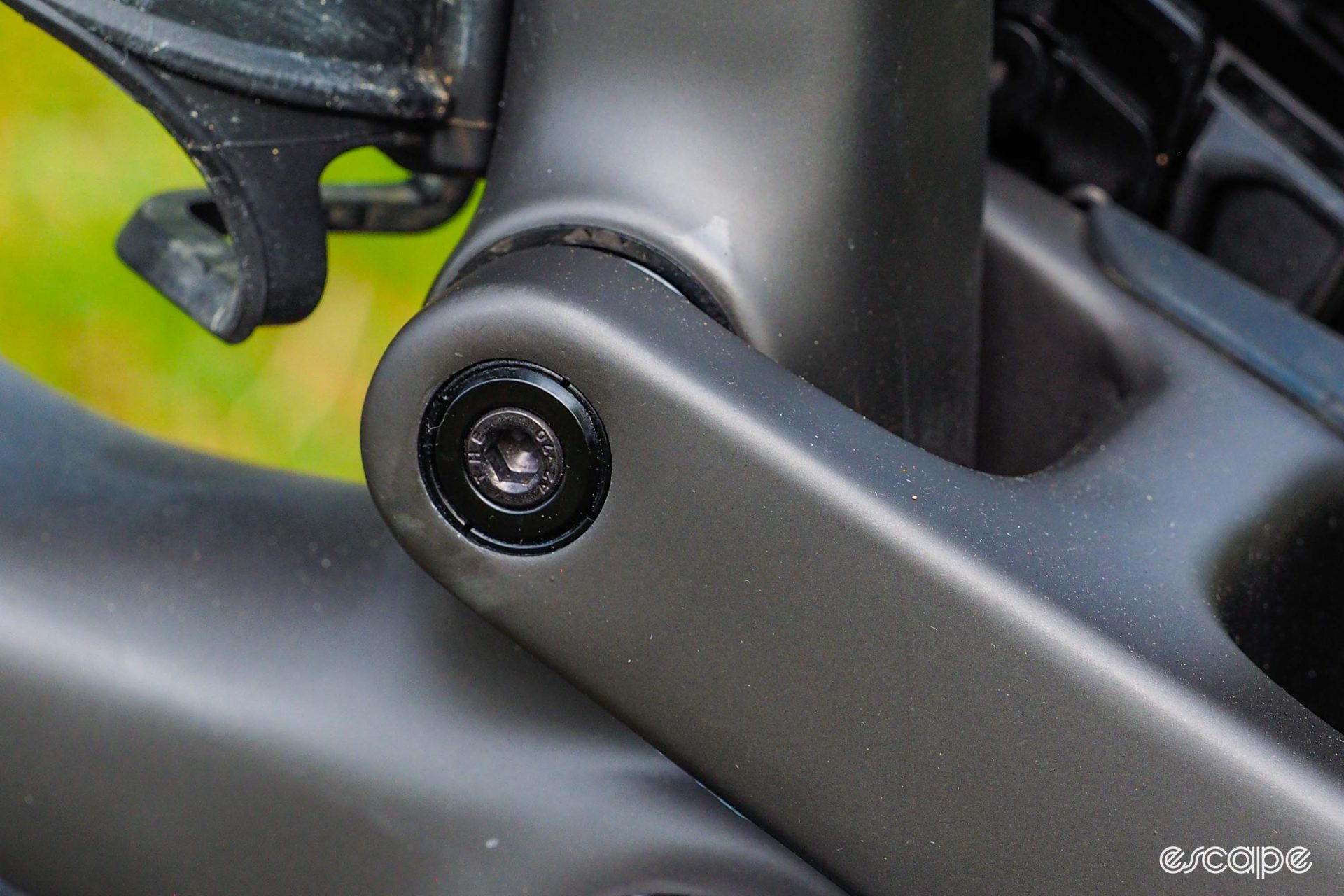
That little bit of extra heft thankfully doesn’t affect at all how well the ZFS-5 pedals – and it indeed pedals very, very well. I almost never used the lockout, and if anything, almost wished I could more easily lock out only the fork and not both the front and rear elements together. Granted, this pedaling behavior will change slightly if you stray from the standard 32-tooth chainring given the single-pivot suspension layout, but as is, Cervelo seems to have struck just the right amount of anti-squat behavior to keep the rear end nicely settled under power.
That the ZFS-5 pedals efficiently in and of itself should be a given; this is a dedicated XC race bike from a very reputable and highly resourced brand, after all. And as you’d expect, the ZFS-5 is also pleasantly stiff, both at the bottom bracket and in terms of torsion. But what I was more caught off-guard by is the excellent ride feel in general. The frame is stiff, but not overly so (at least under my 72 kg weight and modest power output), and the whole thing comes across as impressively lively and springy – not unlike some of the best road bikes I’ve ridden. The whole thing just feels good, which isn’t something I find regularly with mountain bikes.
That suspension isn’t overly skewed toward efficiency, either. The ZFS-5 might feel highly efficient under power, but the suspension is remains pretty active at the same time. It’s impressively supple on smaller and square-edged stuff, there’s excellent support throughout the (albeit limited) travel range, and there’s a good ramp-up toward the end of the travel to prevent harsh bottom-outs. Generally speaking, I’d say the rear suspension feels notably springy and lively, and reminds me a lot of the Specialized Epic Evo (in a good way).

Needless to say, between the pedaling efficiency, suspension sensitivity, and low weight, the ZFS-5 is an absolute beast of a bike when heading uphill, and it certainly makes me feel like I’m a stronger rider than I actually am.
Handling is a touch on the twitchy side, but that’s also to be expected from a 100x100 mm XC race bike. Whereas slacker and more stable bikes can feel like more of a “point and hold on tight” kind of affair, the ZFS-5 demands a more active approach, but it offers more rewards, too. Get your weight transfers right, and it’s eye-opening how quickly you can rip through a series of fast and tight corners without losing a lick of speed.
That said, the margin for error is also smaller. Those slacker bikes might tend to drift toward the outside of a corner, but they can also more forgiving if you just plow recklessly into a turn; just slam on the brakes, dump some speed, and correct your line. The steeper front end of the ZFS-5 makes it more intuitive to get weight on the front wheel so it’ll bite, but that also means that when it does let go, it really lets go – and quickly, at that. If nothing else, all of this serves as a visceral reminder of just how talented modern XC racers are.
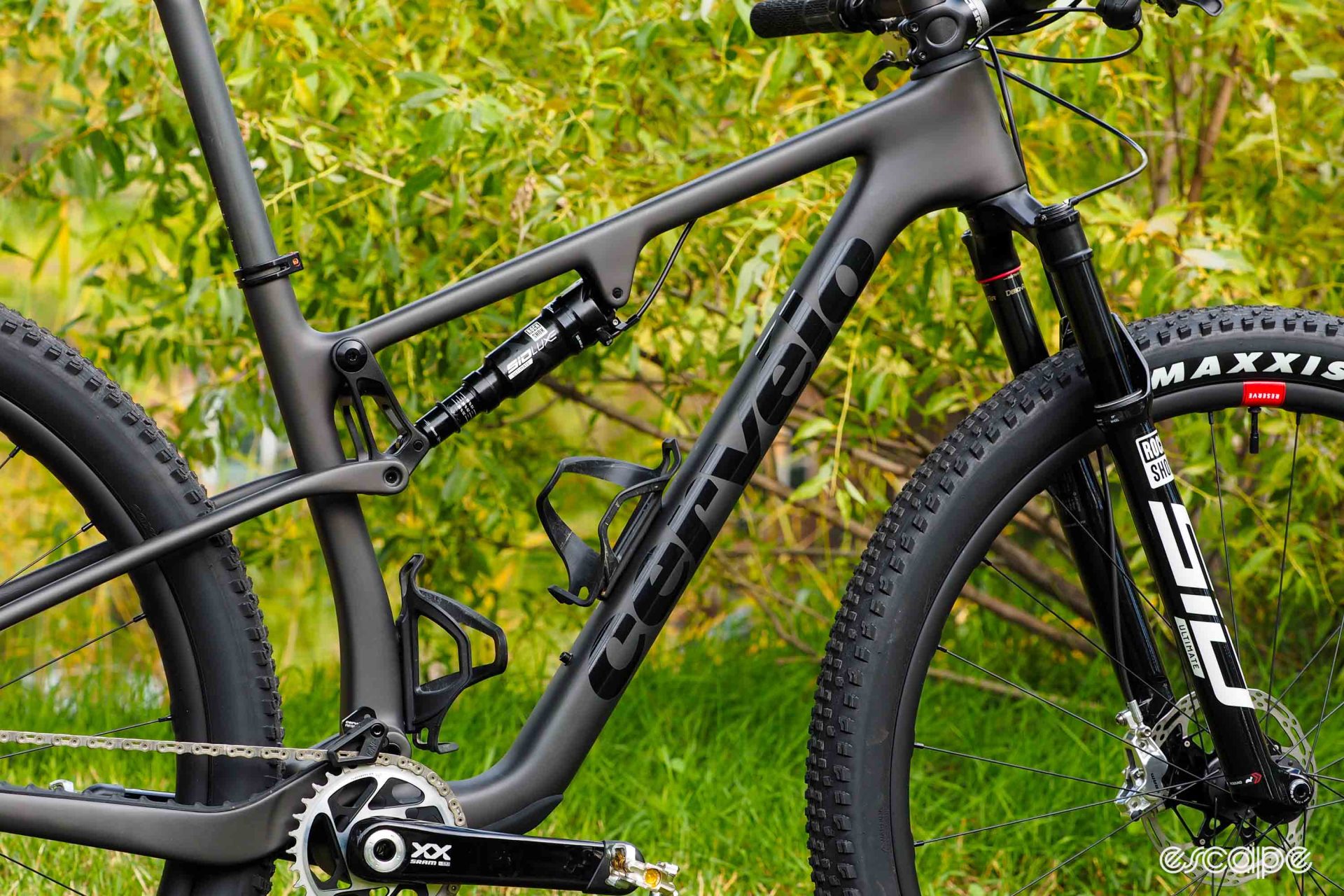
Versatility isn’t the ZFS-5’s strongest suit, but then again, it’s not supposed to be. Even so, it’s actually not a bad little trail bike as long as you’re not pushing it too far out of the comfort zone. The modest 100 mm of travel is the obvious limiting factor, as is the quick-ish handling. But what’s arguably the biggest impediment to more irresponsible fun are the tires, which are thankfully also the easiest thing to change (more on those in a bit).
Alas, as much as I enjoyed rallying the ZFS-5, it was also hard to ignore a few things.
Surprise, surprise, I think the headset cable routing is positively silly, particularly for 100 mm-travel ZFS-5 models since there are two giant loops of housing arcing up in front of the bars for the dual remote lockout. Brands like to tout the (minor) weight savings as well as the quicker assembly at the factory, but at least in my opinion, this arrangement constitutes the worst of both worlds when it comes to the end user: the routing is still visually cluttered, but yet you get the bonus of nightmare shop bills if/when it comes time to just replace a headset bearing.
“The decision to go internal on the headset took a lot more into consideration than just the path of the remote cables,” explained Cervelo product manager Carly Gauger. “The weight advantages of fewer holes in the frame, the ease of routing cables through one large hole (the head tube) rather than individual exit holes in the down tube, and the overall cleanliness of the cockpit outweighed the costs to the system. The cables pass only through the upper headset bearing – which is not a high wear item – and can be replaced at least as quickly as a regularly scheduled brake bleed with very little additional work (disconnecting the rear brake hose during the bleed process). We also felt that the system helps future-proof the design for developments that we hope to see with wireless controls.”
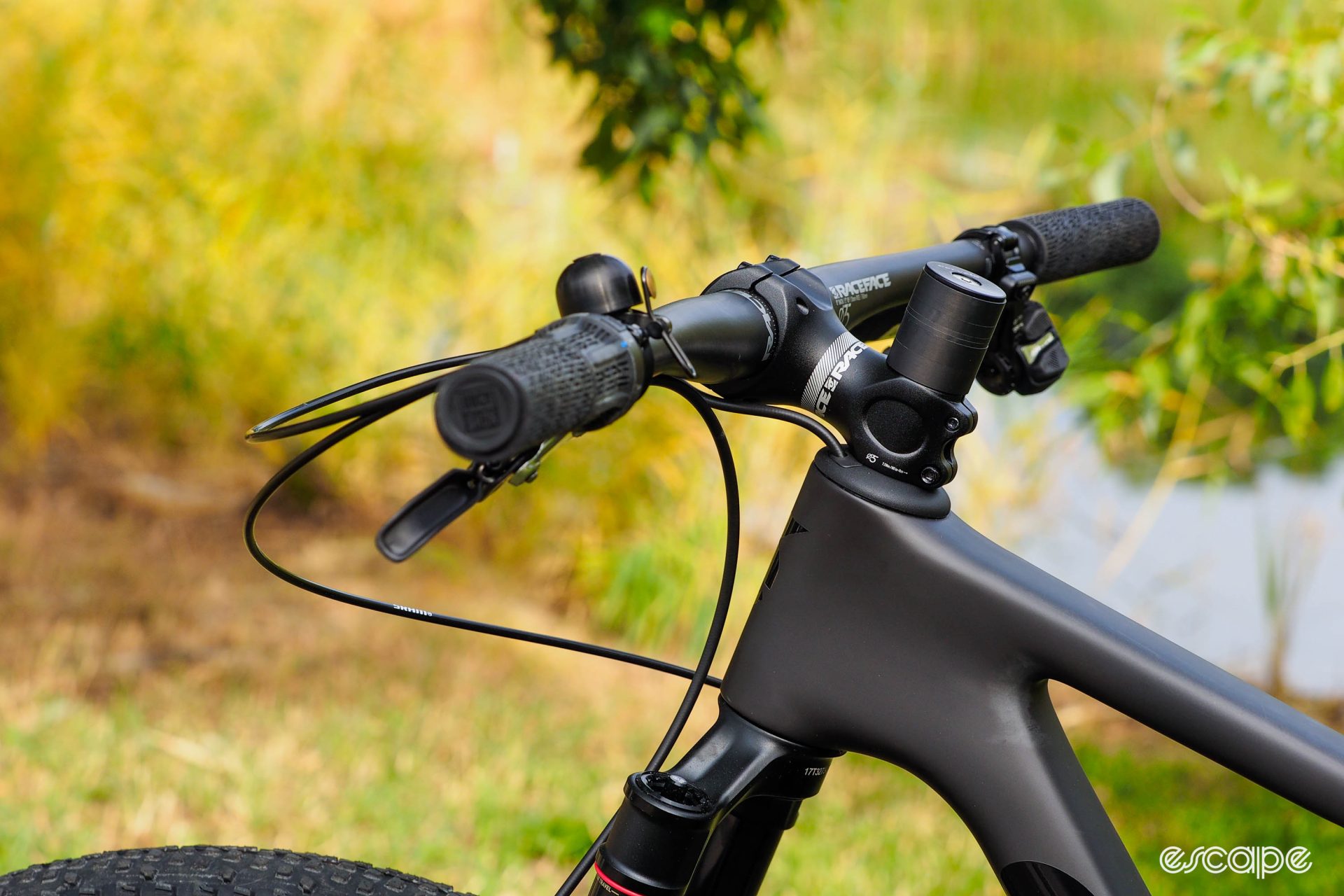
I know I’ve said this before, but once again, I remain unconvinced.
Other annoyances are thankfully more minor.
The cable spool on the rear shock for the remote lockout partially blocks access to the rebound adjuster. That normally requires a 2.5 mm hex wrench – not really that big of a deal – but here, you have to use a ball-end tool, which is certainly more bothersome. There’s room for two bottles inside the main triangle on the ZFS-5 (at least for sizes medium and larger; I haven’t verified for size small), but only barely. Careful bottle cage choice is key (and for reference, the Lezyne side-access cages I often like aren’t one of those good choices in this case). And finally, the matte paint finish is a nightmare to keep clean. No matter what I did, it just always looks dirty. Those pro race mechanics are magicians.
Build kit breakdown
Cervelo got pretty much everything right here.
The most recent changes RockShox made to the front and rear SID dampers have been most welcome as both the front and rear suspension not only have a very well-matched and balanced feel, but also a level of suppleness that was distinctly lacking in earlier incarnations. The presumably tiny oil volume in the rear shock gives me a little pause, but I still have to remind myself this is a pure XC bike, not something designed for an hour-long descent. Similarly, the SID SL Ultimate fork’s downsized 32 mm-diameter chassis isn’t the stiffest thing around, but it’s more than up for the task at hand, and in fact, the flex pattern actually kind of matches the rest of the frame, too, adding to the nicely balanced feel.

The Reserve 28 XC carbon wheels are great in terms of durability and build quality. They’re not usually the first choice for diehard weight weenies, but they’re light enough at 1,433 g (claimed) per set, and Reserve has a superb track record for impact durability (not to mention one of the most generous replacement policies in the business). Engagement speed on the rear hub is annoyingly slow given how well the bike does otherwise in technical climbing, but that’s also offset by the rock-solid track record of the DT Swiss 240s hubs – plus, 54-tooth ratchet rings are easy to add later if you really want them.
Ok, so that tire discussion I was promising: The stock Maxxis Rekon Race tires are very fast-rolling and actually quite grippy as long as you’re on dirt that’s soft enough for the low-profile knobs to dig in. Kudos to Cervelo, too, for specifying the higher-volume 2.4” size, too, as it puts a big footprint on the ground that contributes to the bike’s excellent ride quality and suspension performance. That said, the rubber is too hard to provide much adhesion on stuff like rocks and roots, and the side knobs aren’t tall enough or exposed enough to keep you from sliding on looser terrain. Riders regularly running these in hero-dirt conditions will enjoy heaps of free speed, but I’d otherwise recommend most riders consider switching to a standard Rekon up front for a little extra security.
The SRAM XX SL Transmission groupset is as consistent as always, firing off shift after shift with robotic precision every time, and regardless of how sloppy you are with timing or power output. Just push the button and the chain goes where you want it to go – eventually. I still have issues with the slow shifting speed (although Dave and I have decided it might be a regional thing), and the two-button shifter pod still isn’t my favorite, either. But if consistency and reliability are your primary concerns for a premium mountain bike drivetrain, man, is Transmission impressive stuff.
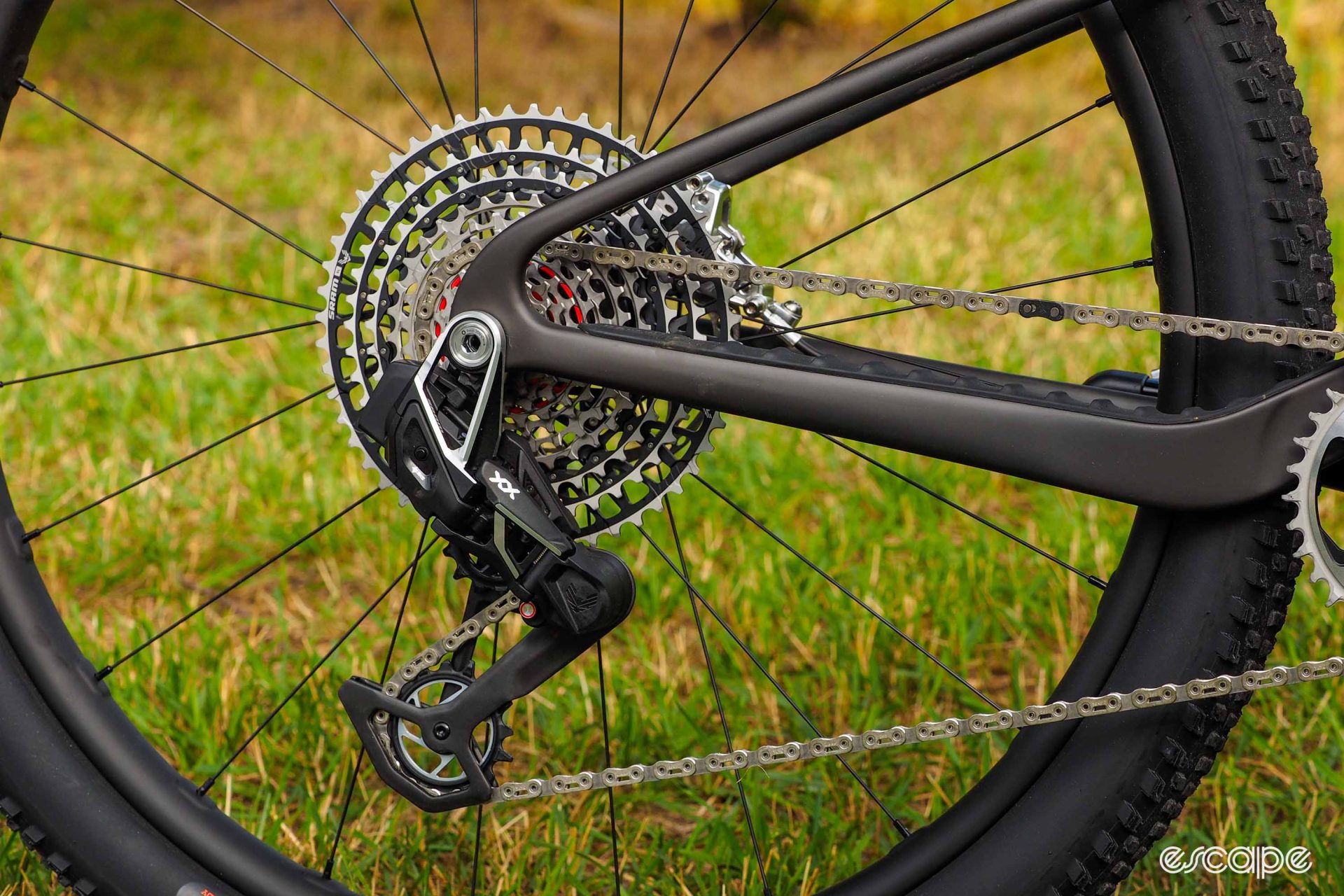
Somewhat less impressive are the SRAM Level Ultimate brakes, although there’s a caveat here. Lever feel is great, and there’s decent power overall. However, Cervelo has limited things a bit by pairing those four-piston calipers with 160 mm-diameter rotors front and rear. They’re sufficient for most XC situations, but there's fade on longer and/or steeper descents. I run these same brakes on my personal short-travel bike, but with a 180 mm front rotor that provides more capability and security.
The Race Face bar and stem combo strike me as overkill what with their oversized 35 mm clamp diameter for a 100x100 mm pure XC bike. That sort of stiffness just isn’t necessary here, and the 31.8 mm version is also 35 g lighter. Speaking of which, the Race Face Aeffect aluminum stem is just a weird choice given its midrange status and chunky 155 g (average) claimed weight – not what I expect to see on a bike in this price range. Another 20 g could be saved with the more appropriate Race Face Turbine 31.8 model.
I wasn’t sure what I’d think of the Prologo Dimension NDR Nack saddle given its rather hard padding, but it turned out to be a gem, offering a comfortable perch for long days, excellent support, and a smart shape that was easy to maneuver on (assuming you like flatter profiles like I do). It’s also very light, and the nose is wide (but not too wide) to provide a better position on very steep climbs. I actually wish I ran one of these at the Breck Epic instead of the Specialized Power Mirror. Live and learn.
A pleasant surprise
My expectations are often pretty low for bikes that fall very far out of the norm for a given brand, but this Cervelo ZFS-5 is a genuinely excellent cross-country machine that obviously benefits from its corporate stablemates. It’s fast, it’s light, it’s quick-handling, and perhaps most important of all, it just feels fantastic to ride hard.
The headset cable routing is still a deal breaker in my book, though, the lack of a stock dropper seems a little silly, and unless you’re genuinely after a pure XC racer (or your local terrain is more conducive to it), one of the 120x120 mm models strike me as a more-prudent option for most prospective buyers. If you’re a Cervelo fan looking to get off-road, I’m pretty confident you’d be happy with the ZFS-5.
But for everyone else, given how much of the next-generation Santa Cruz Blur DNA is seemingly in here – and that brand's general stance on headset cable routing – I can’t help but wonder if that bike might upstage its older cousin whenever it gets announced.
As they say, patience is a virtue.
More information can be found at www.cervelo.com.
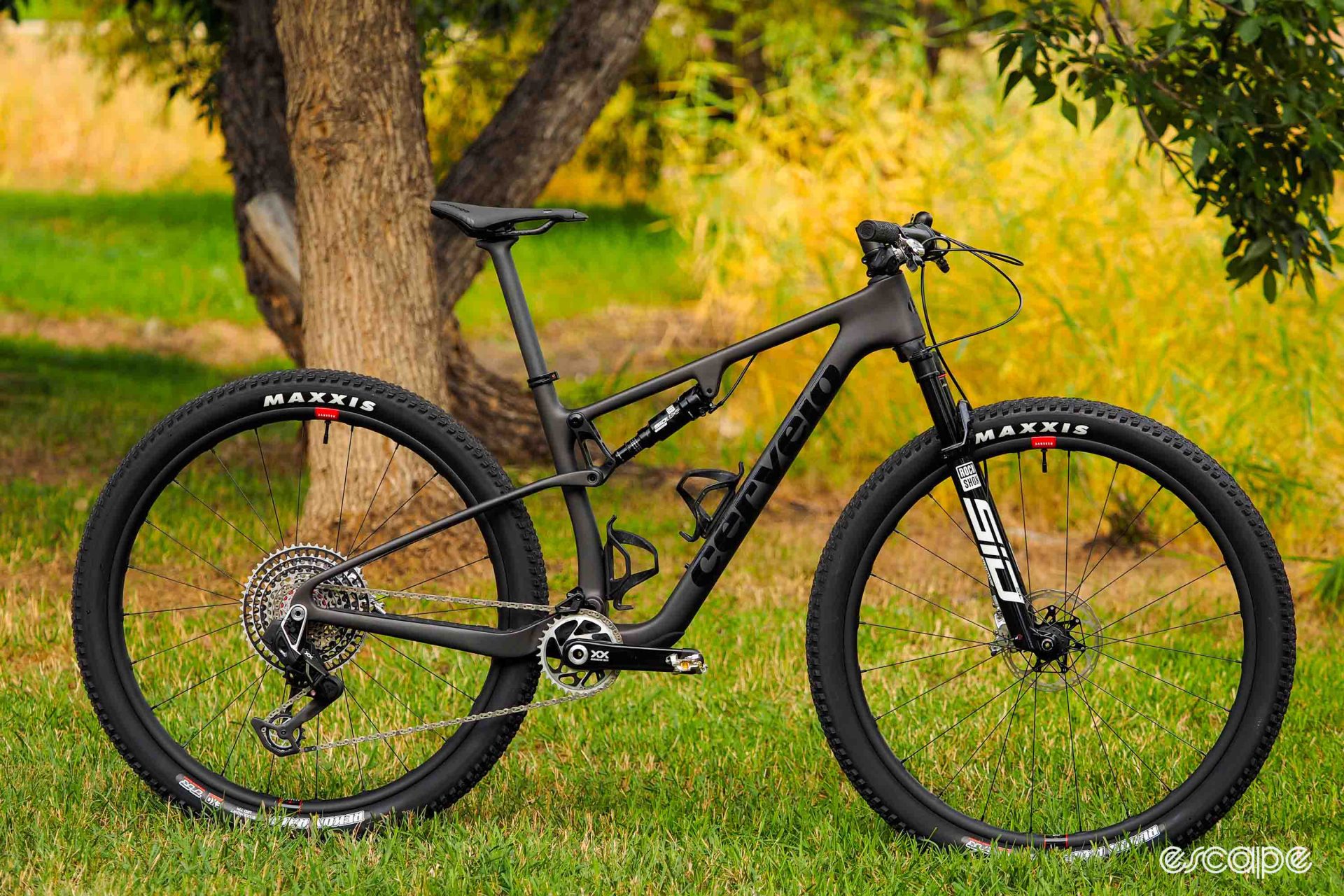
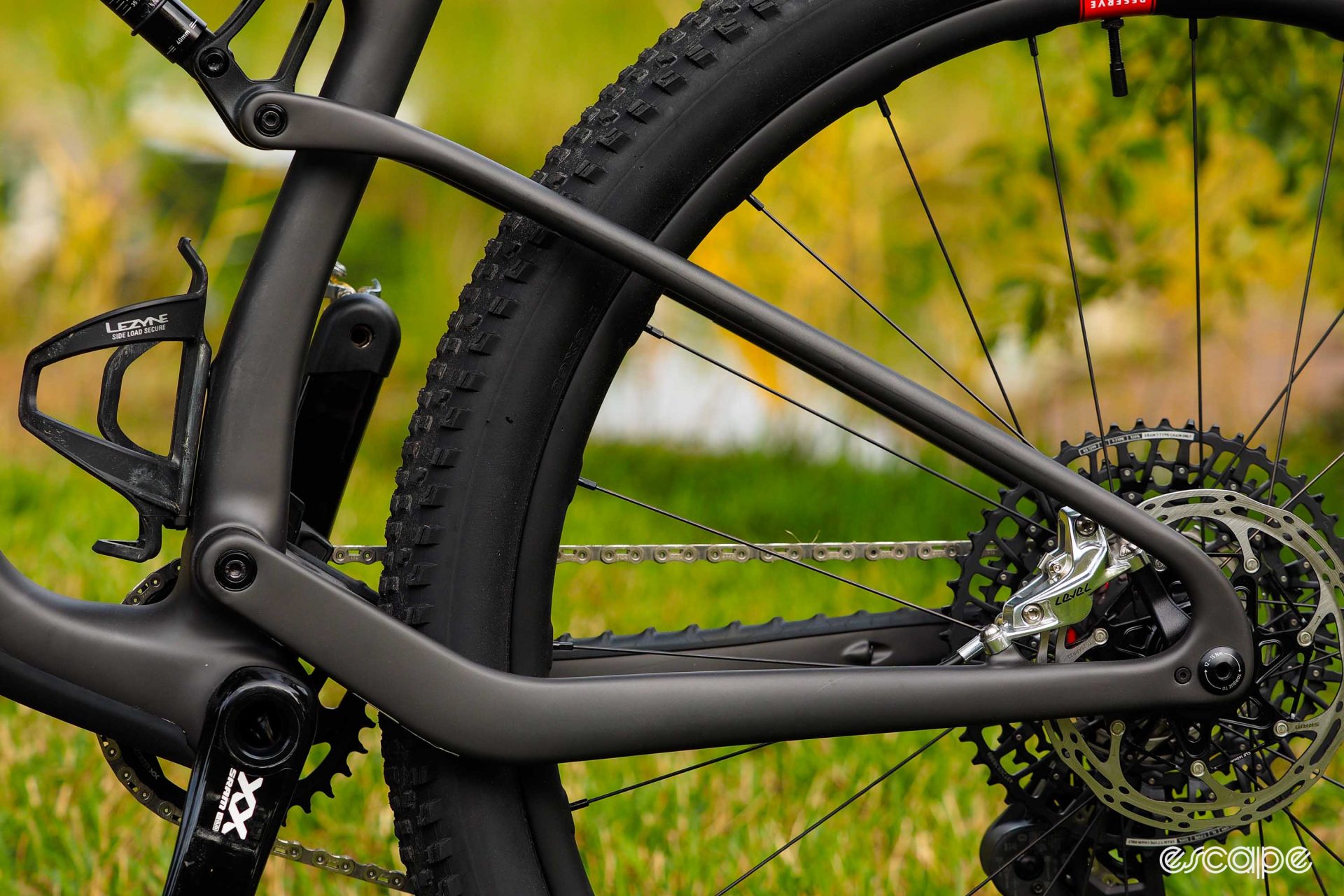
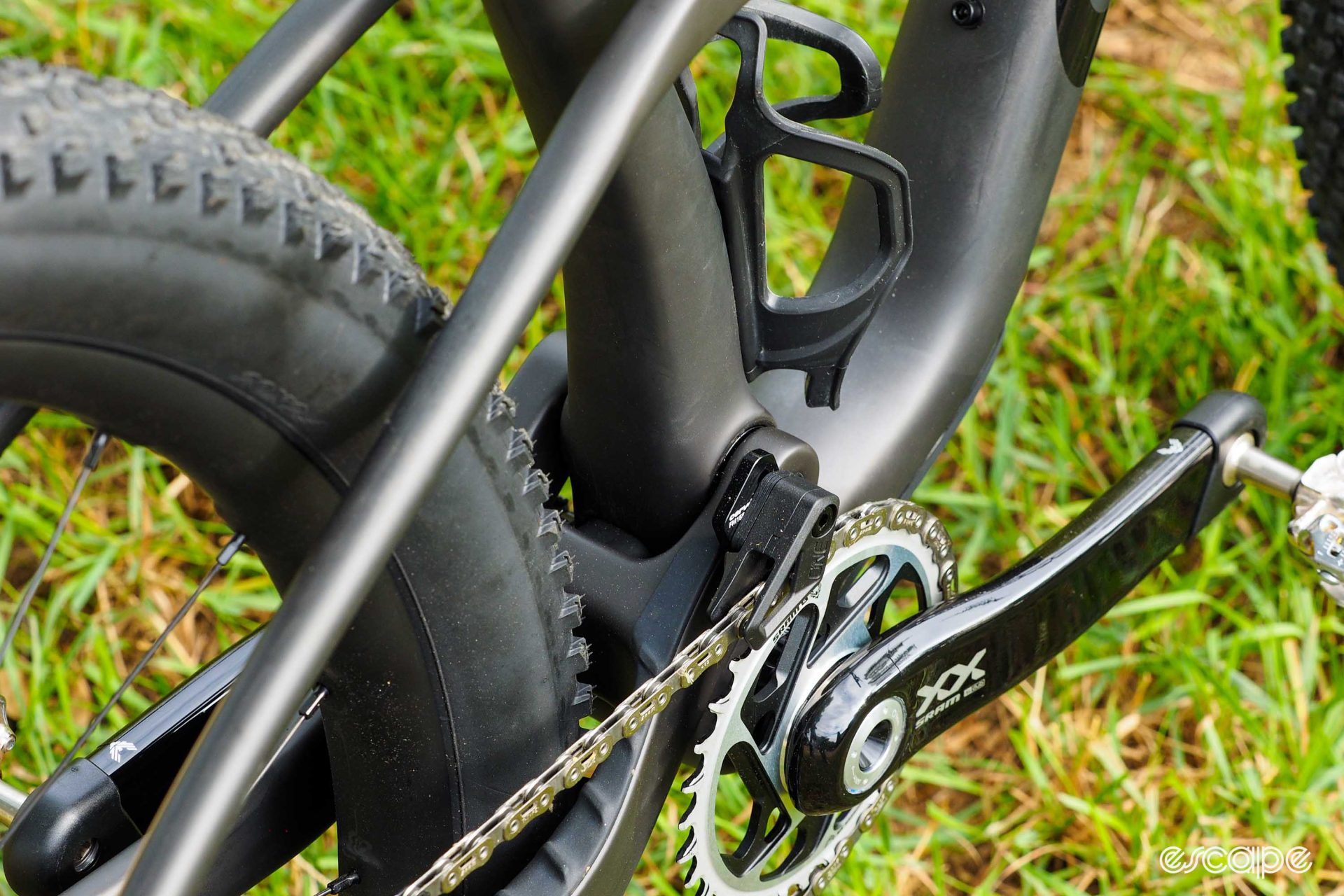
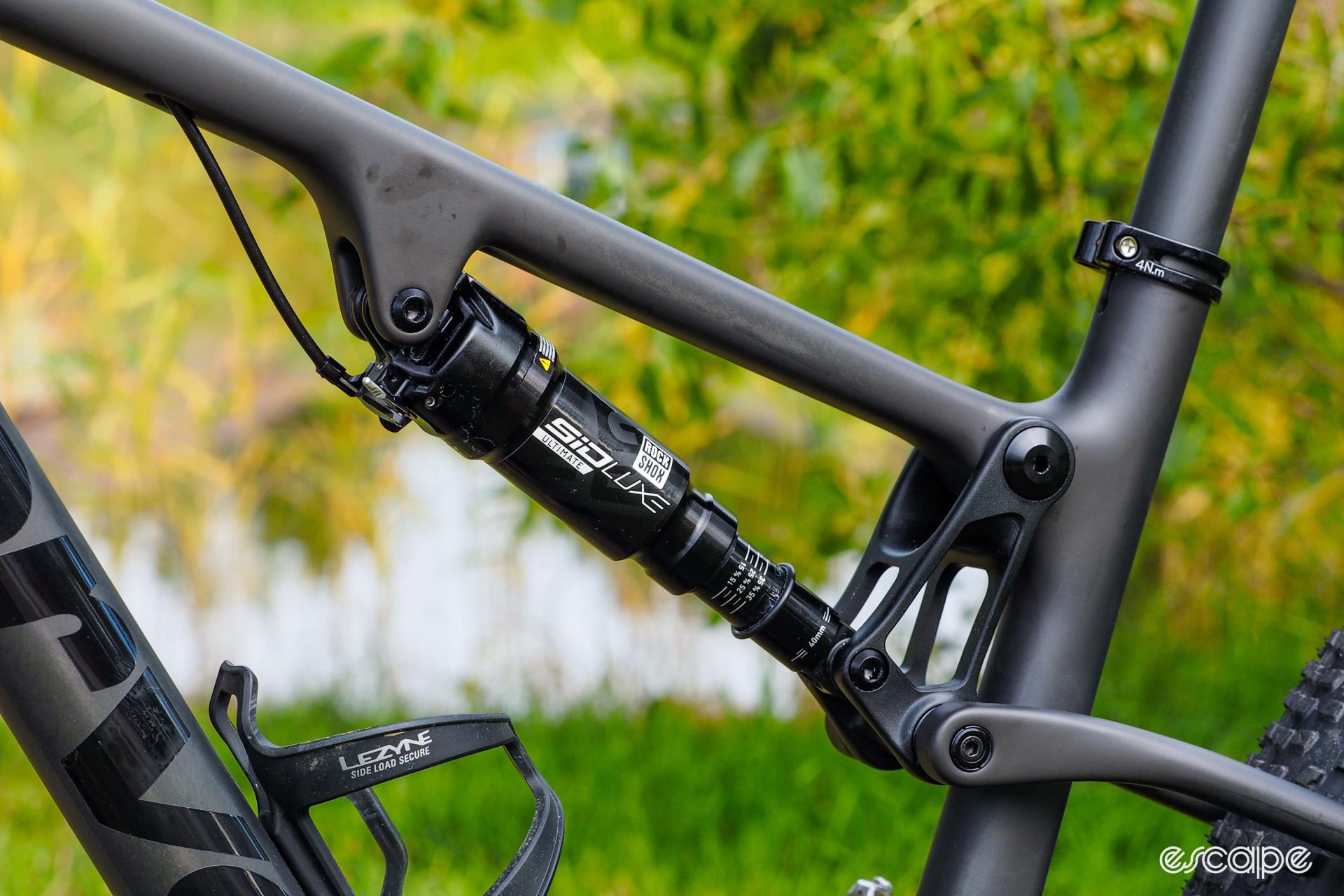
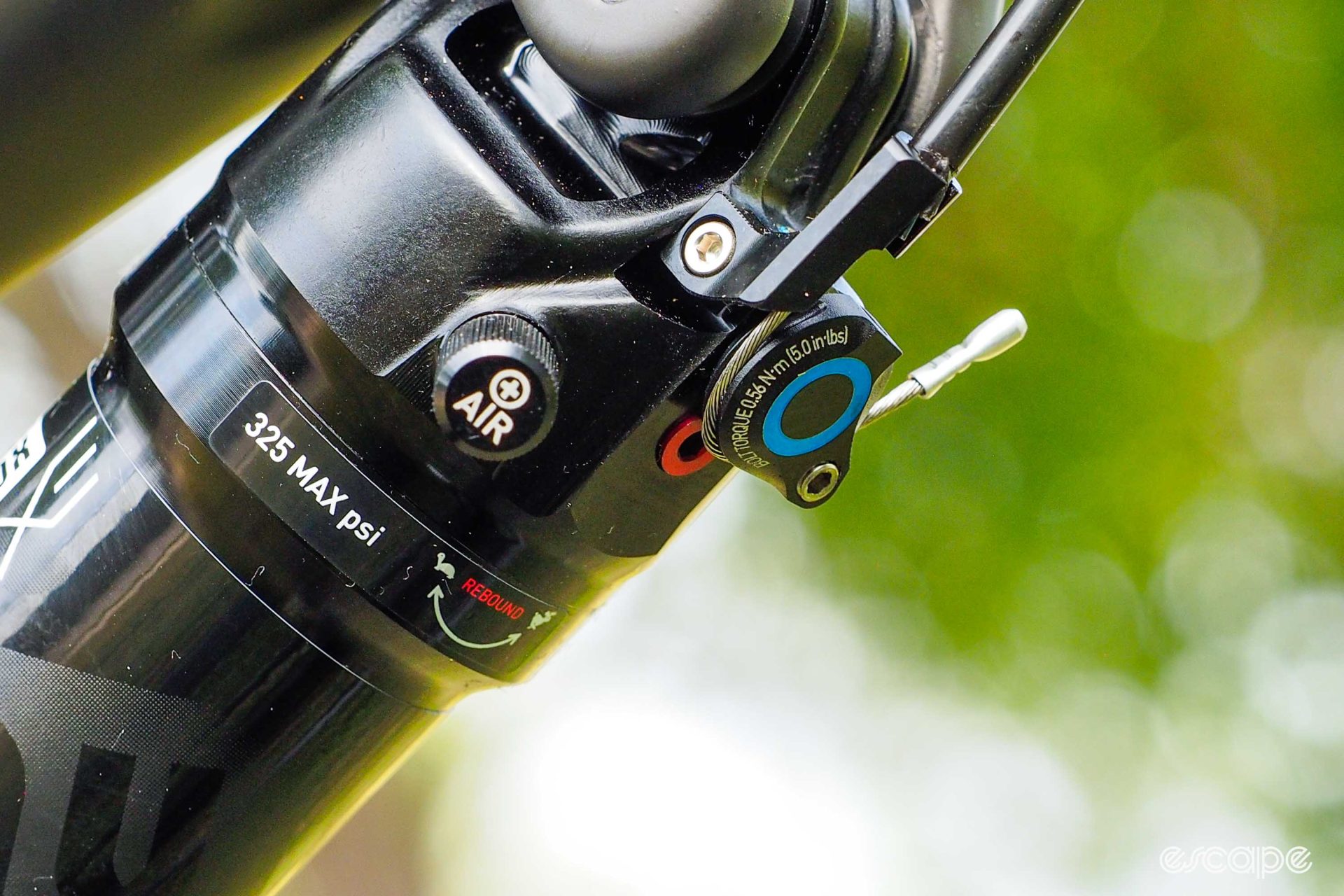

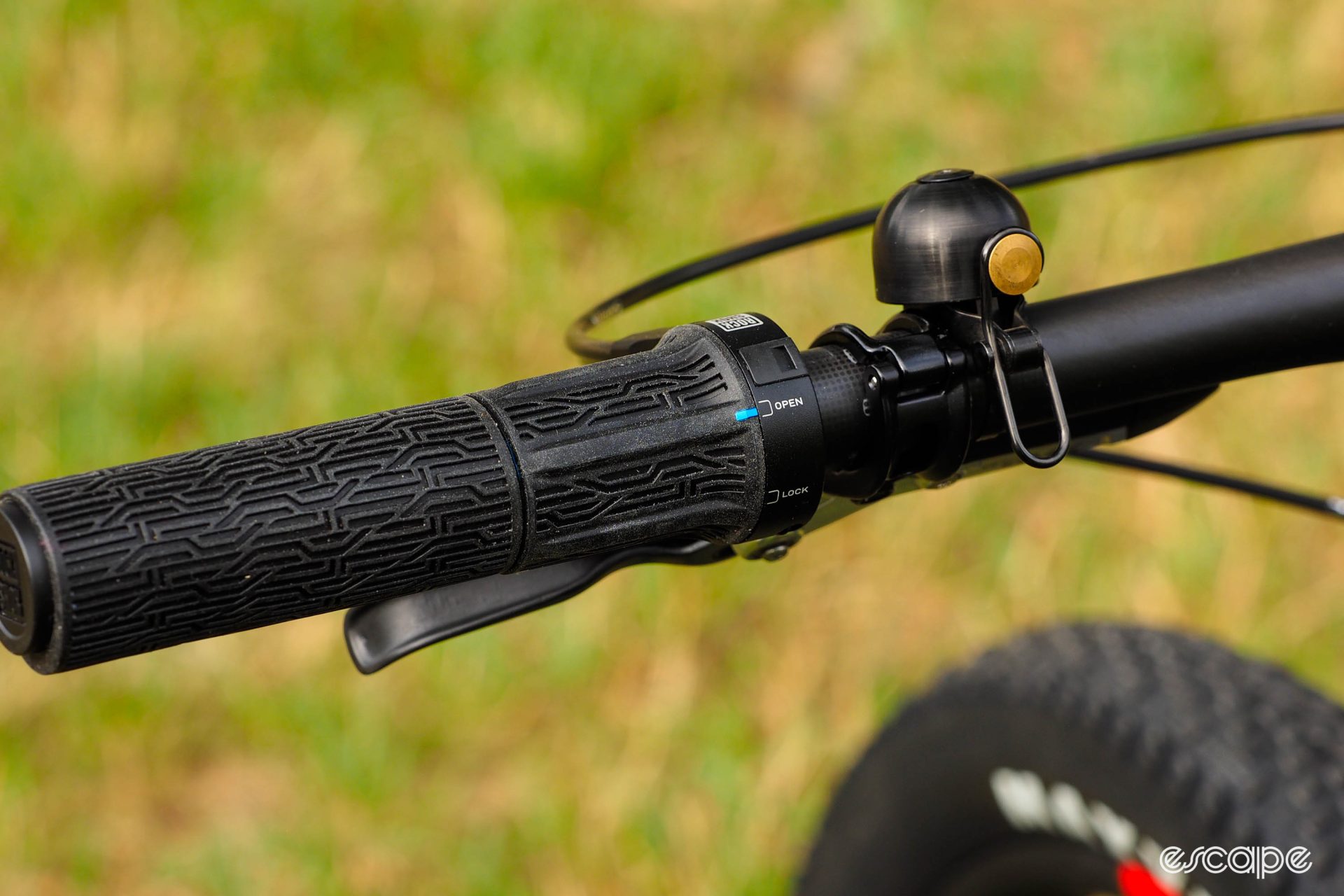
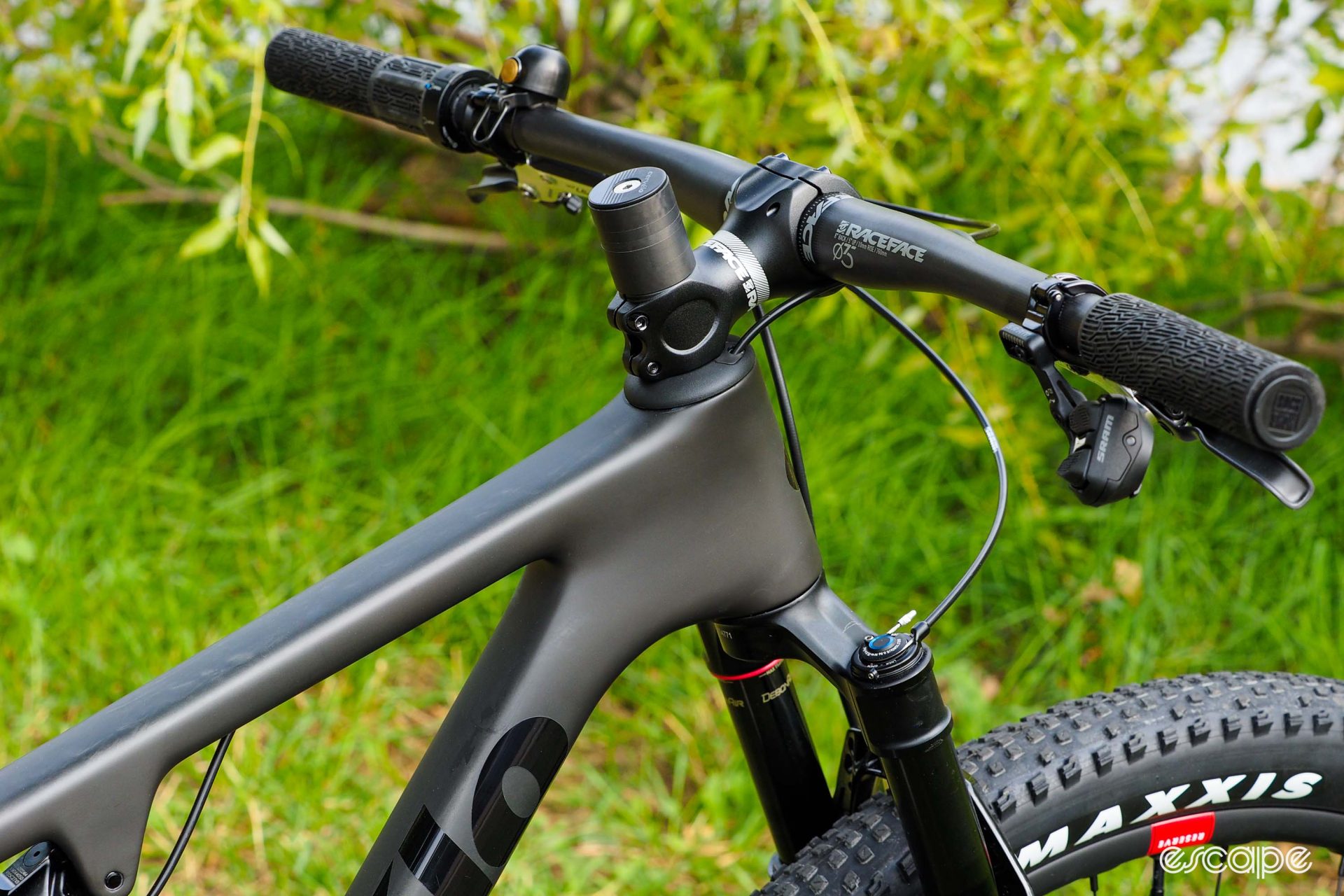
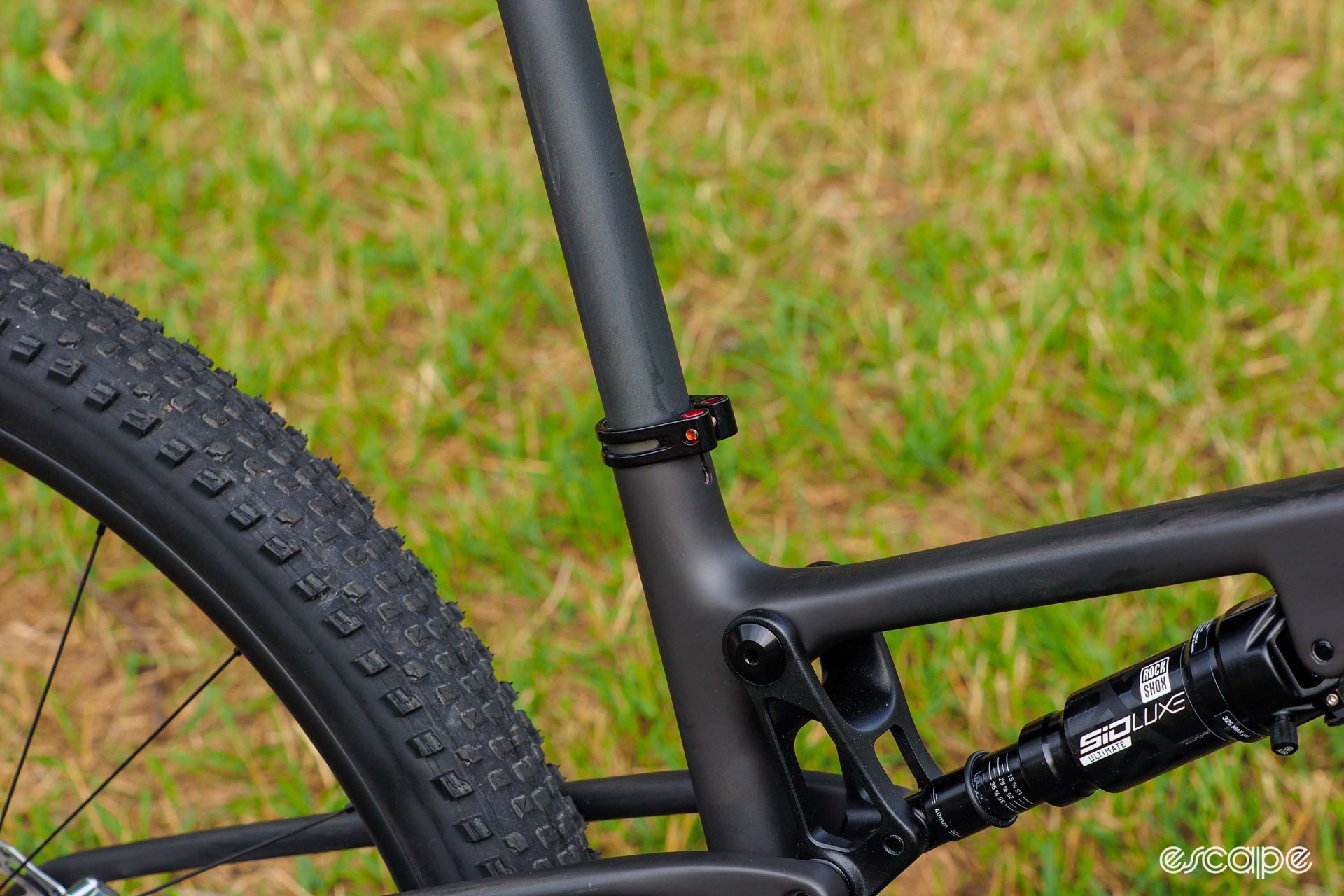
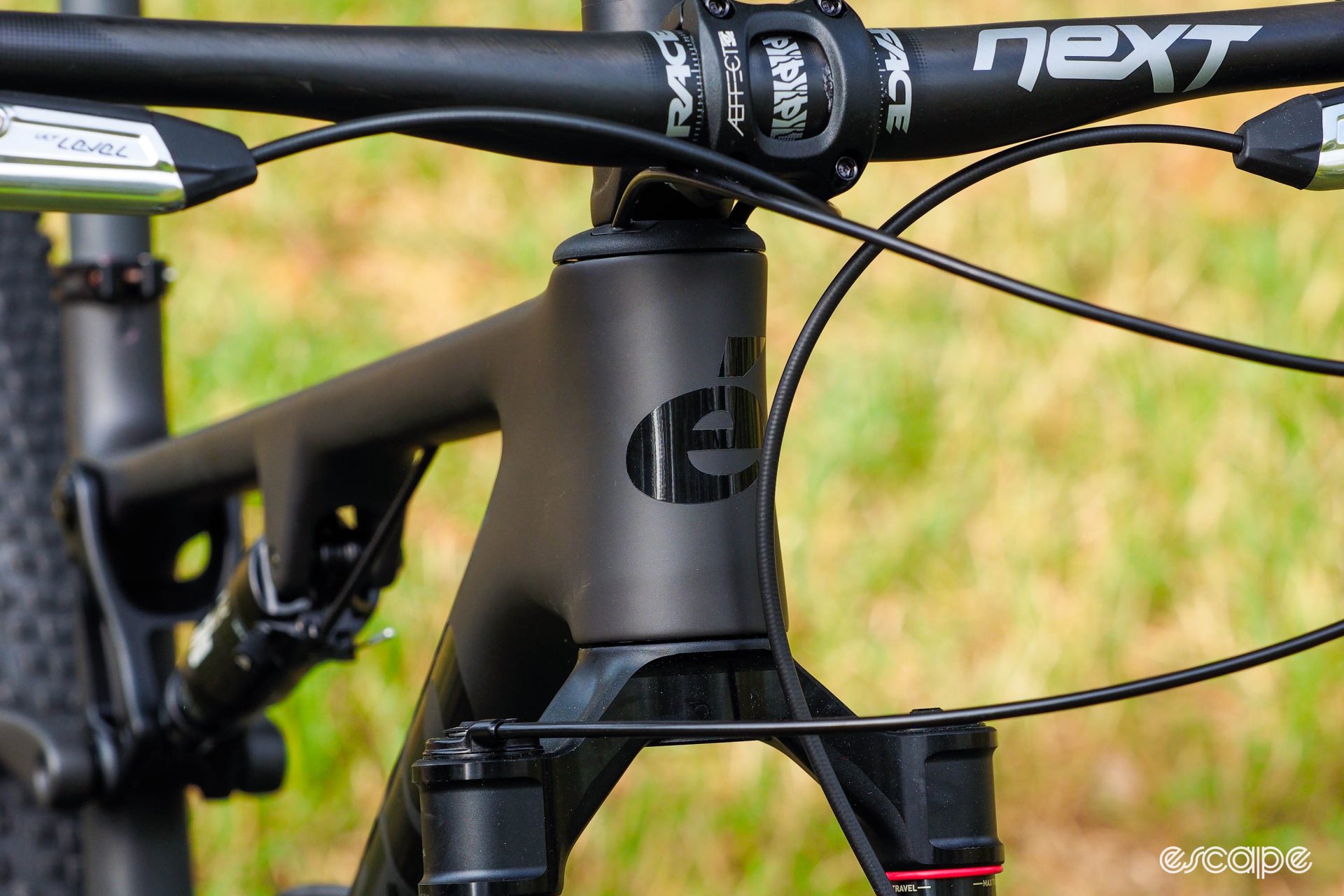

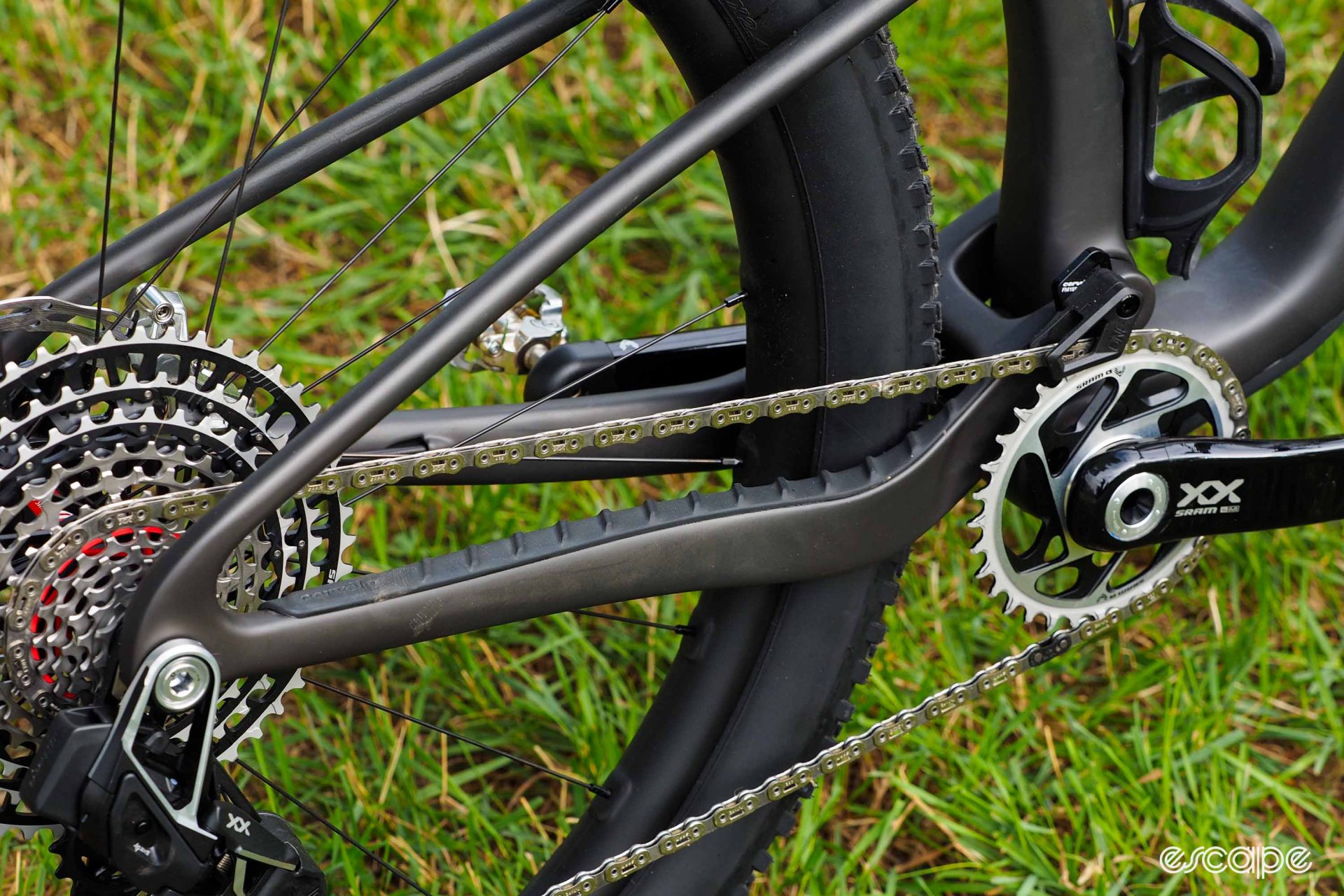
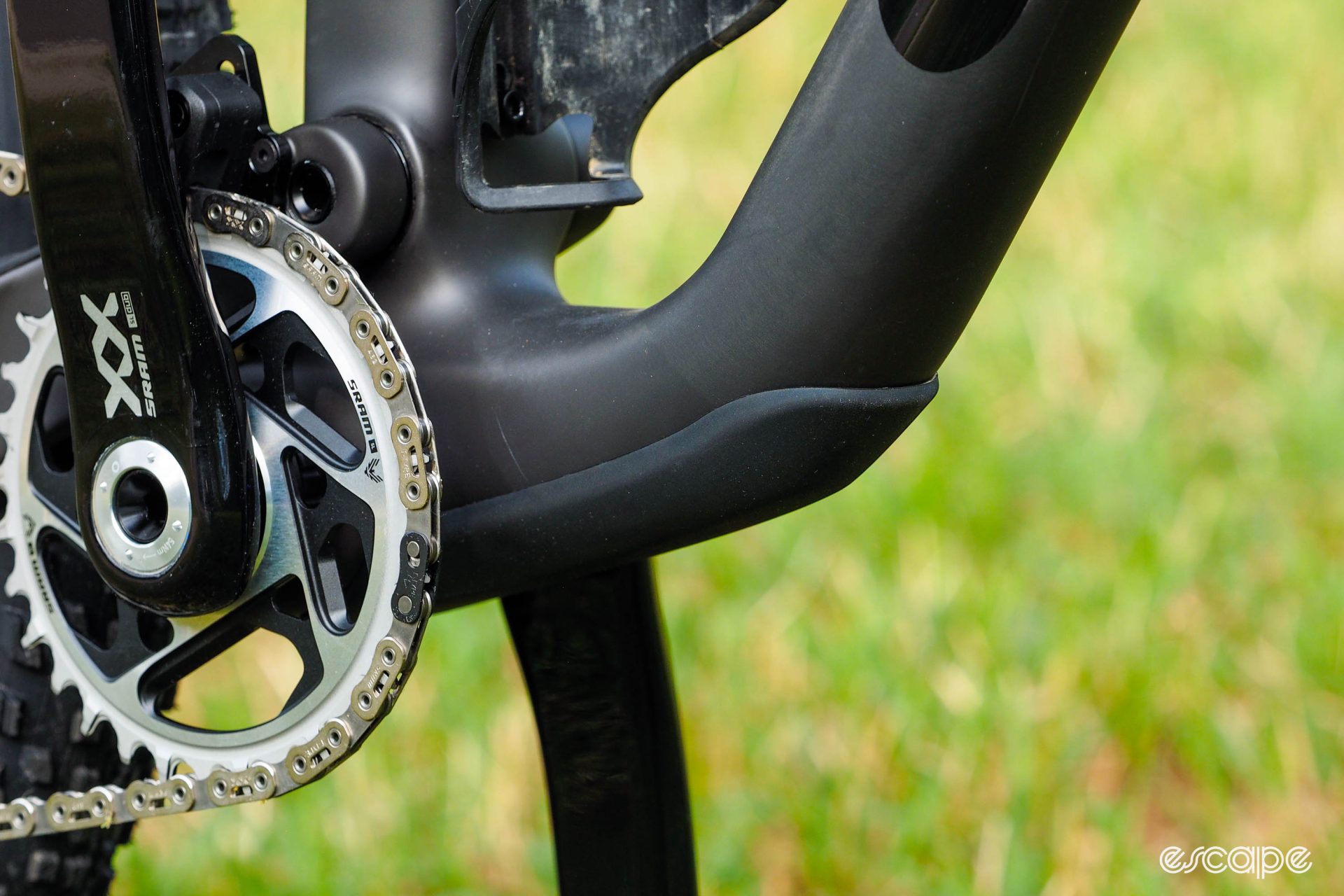
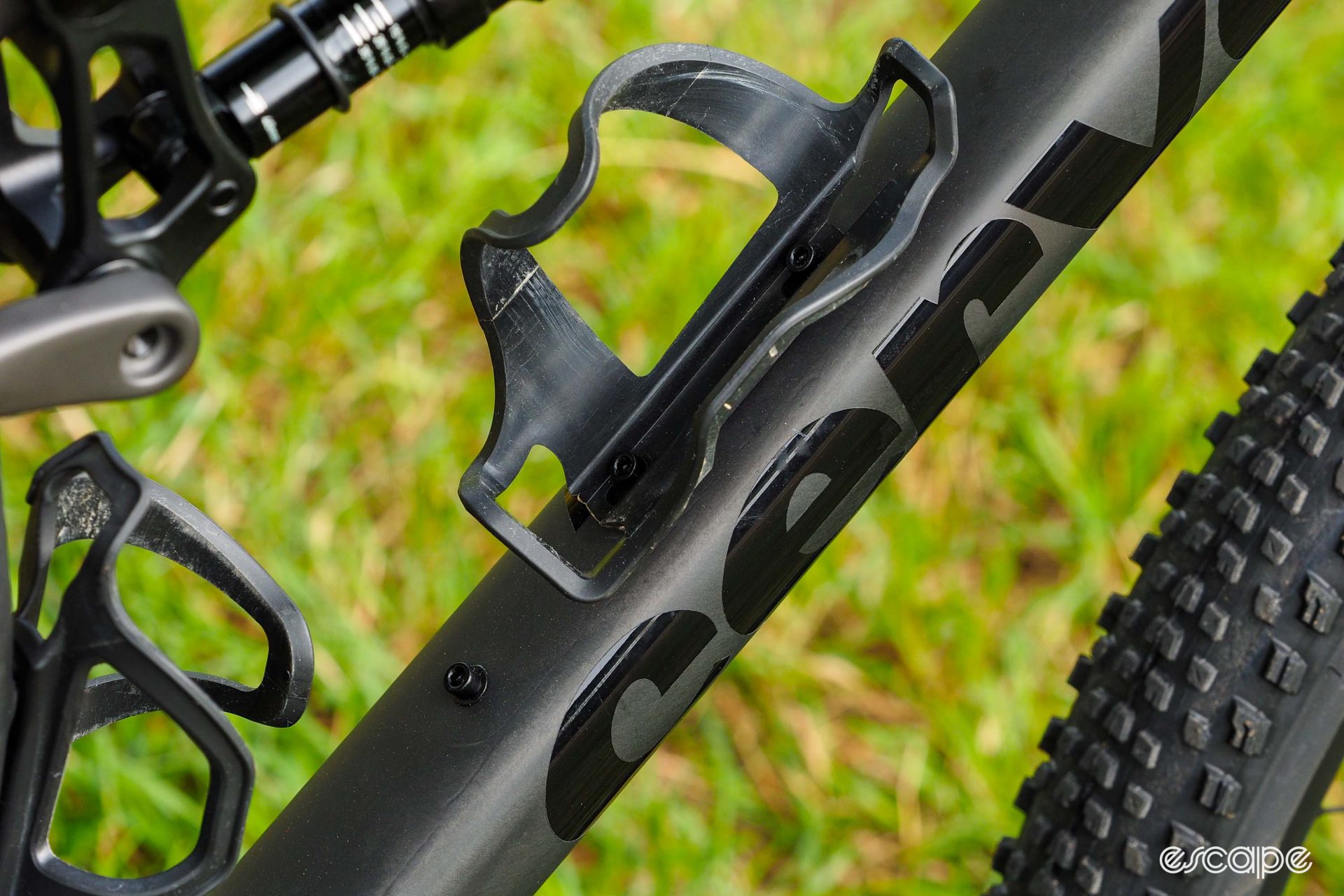
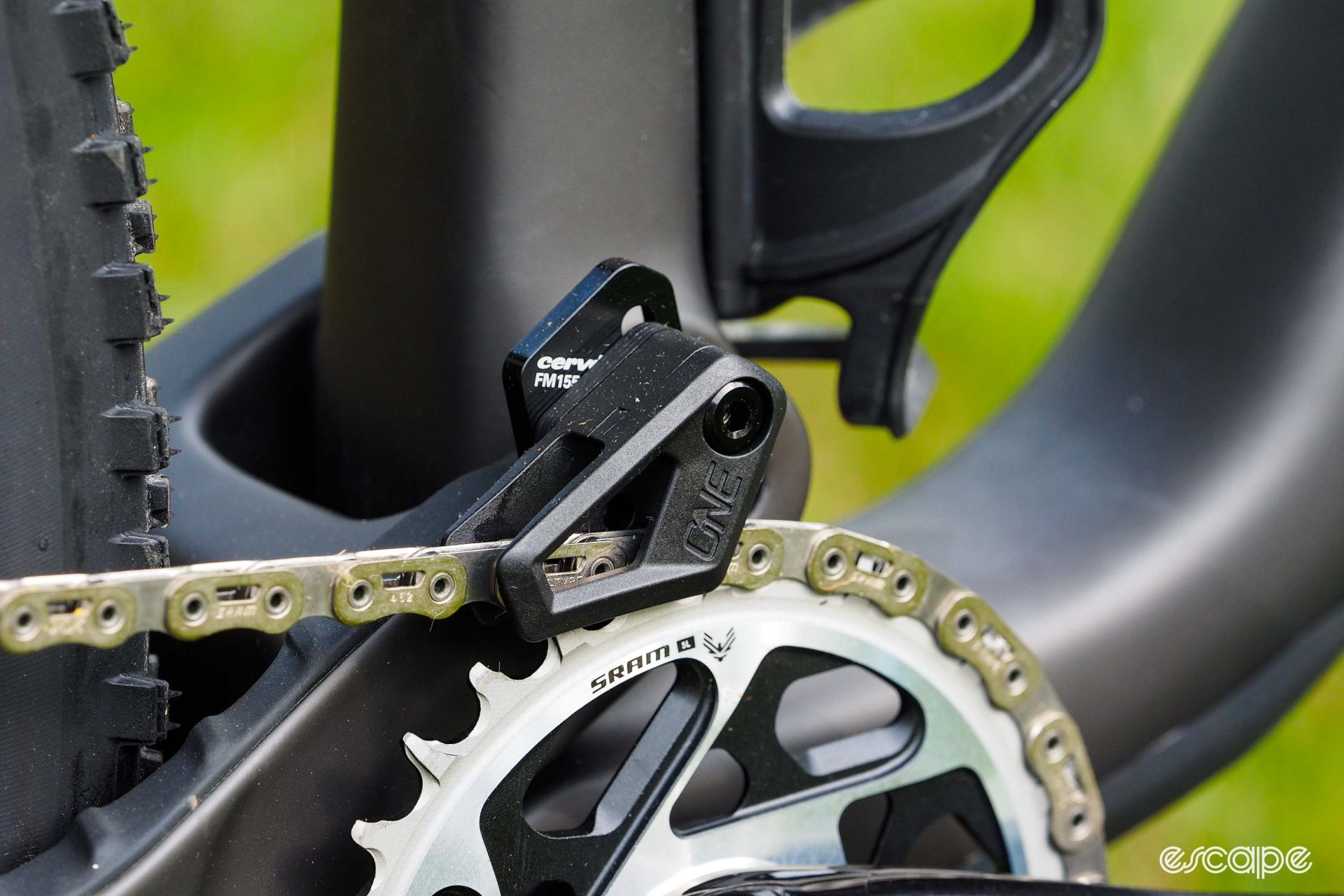
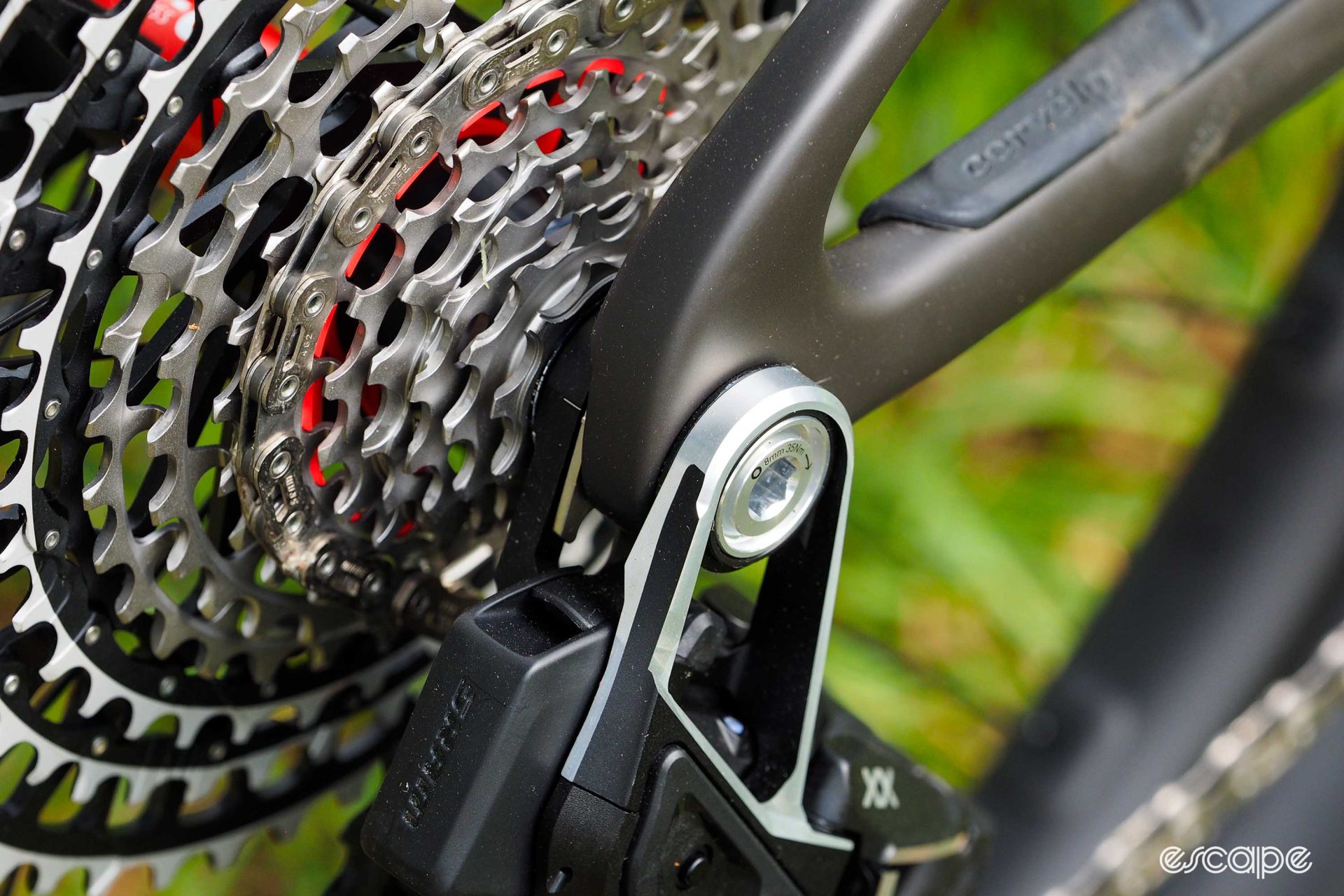
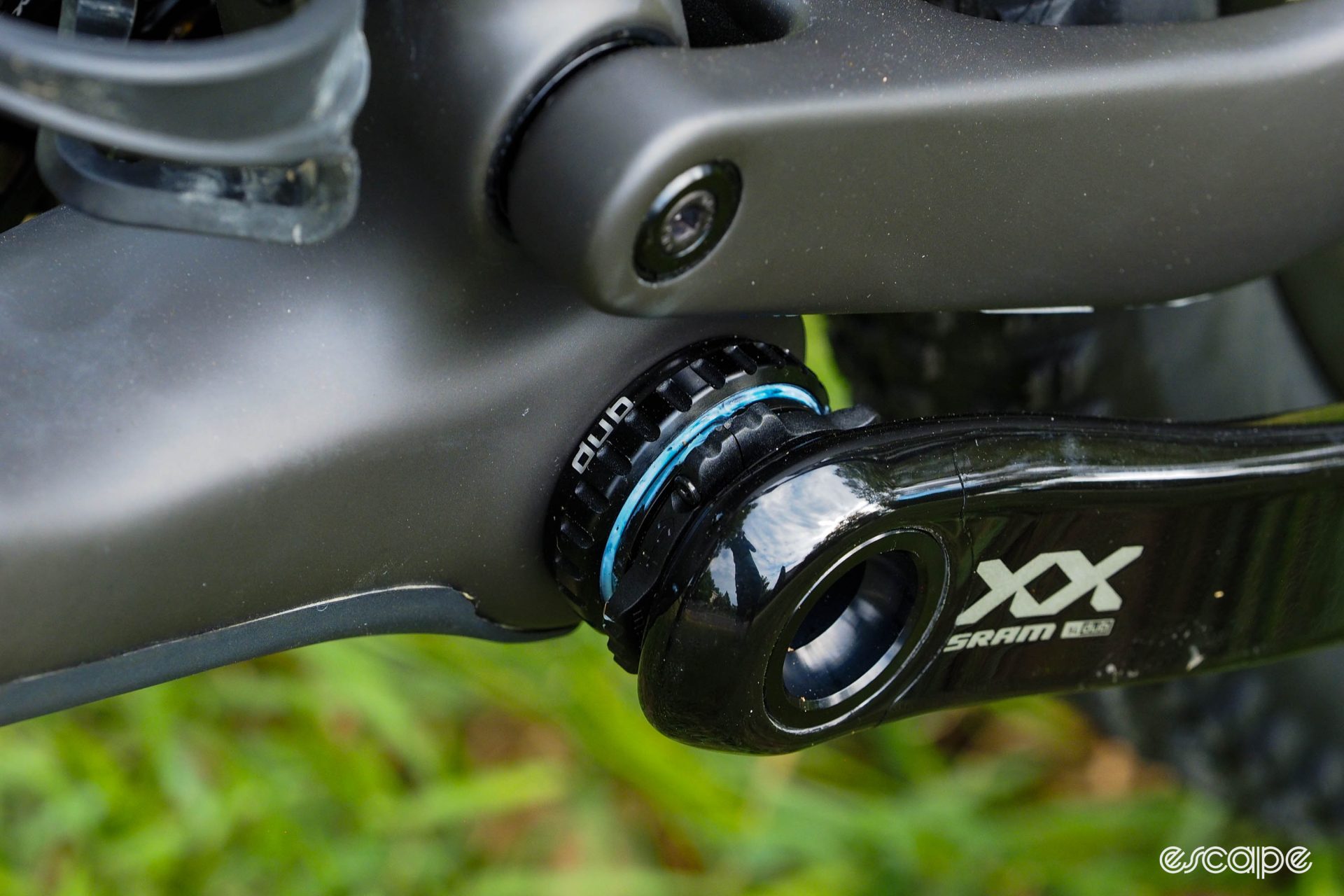
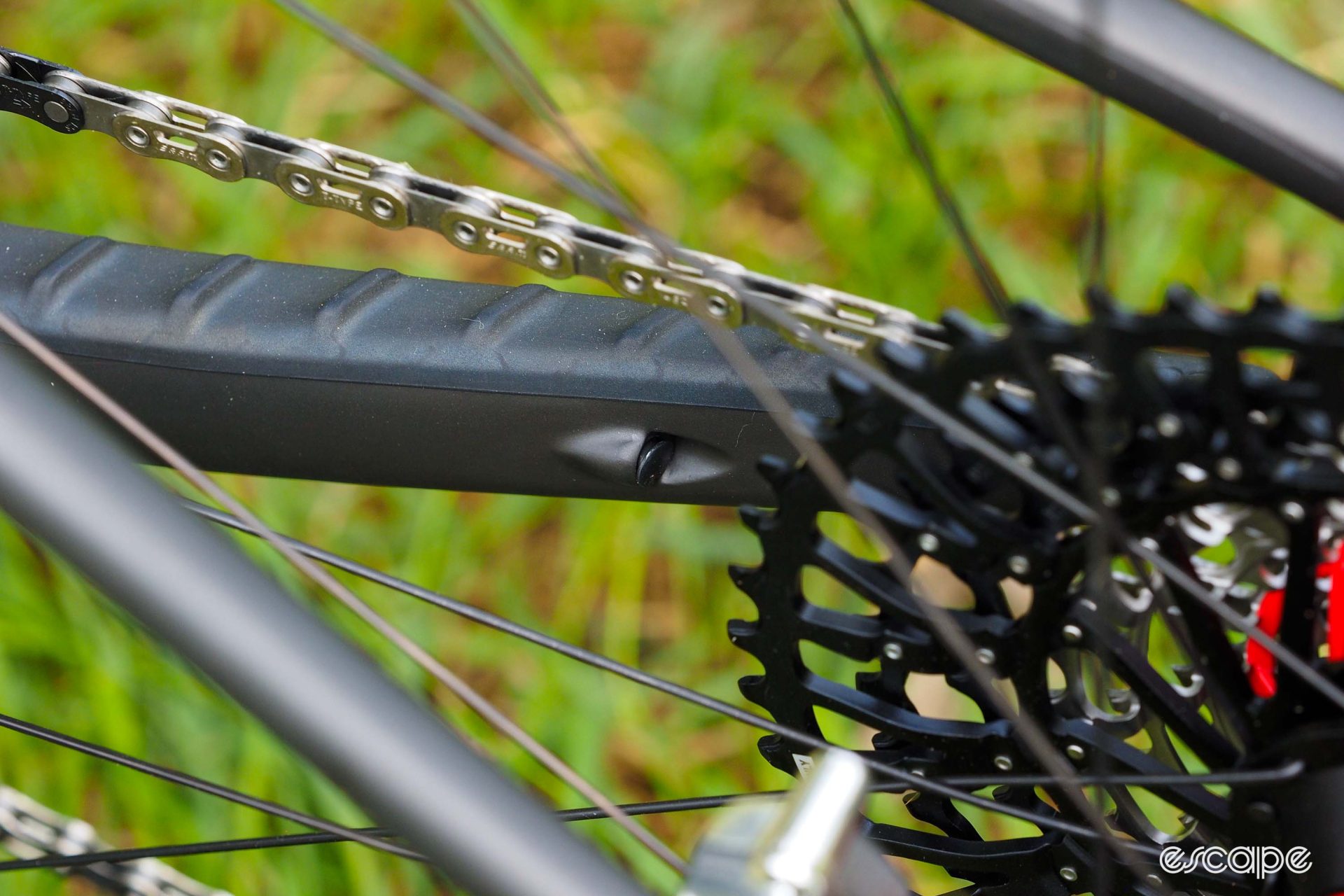
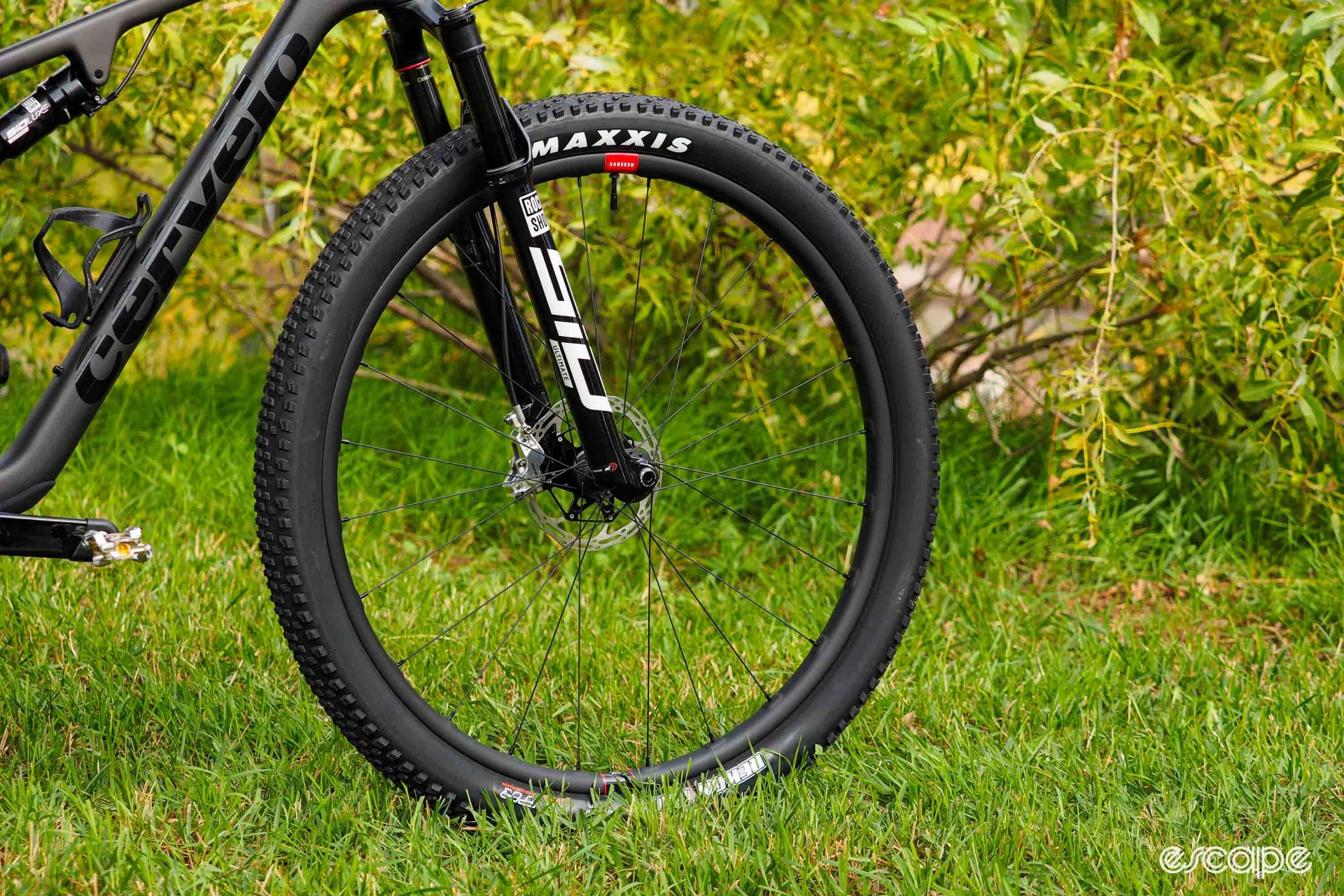

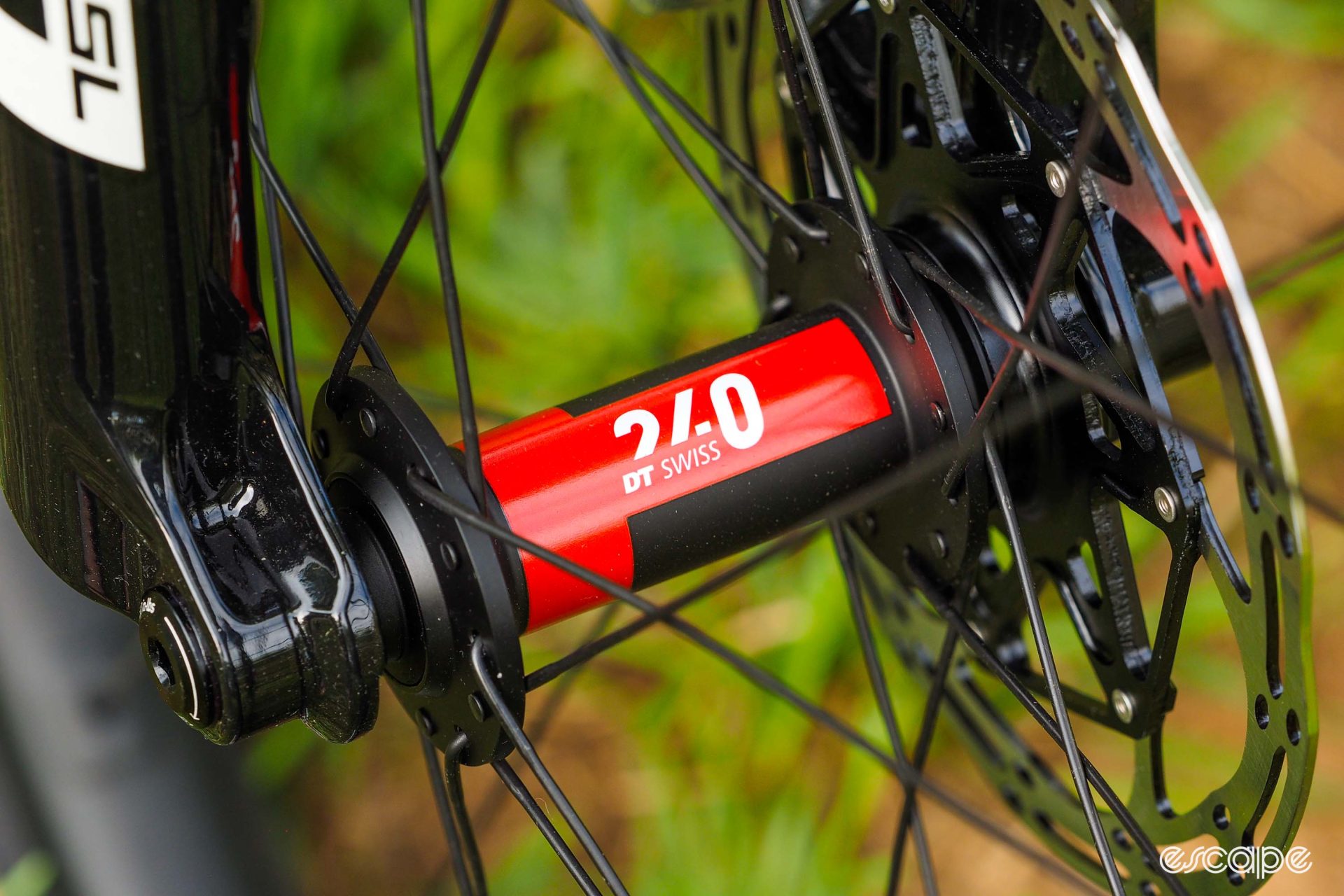
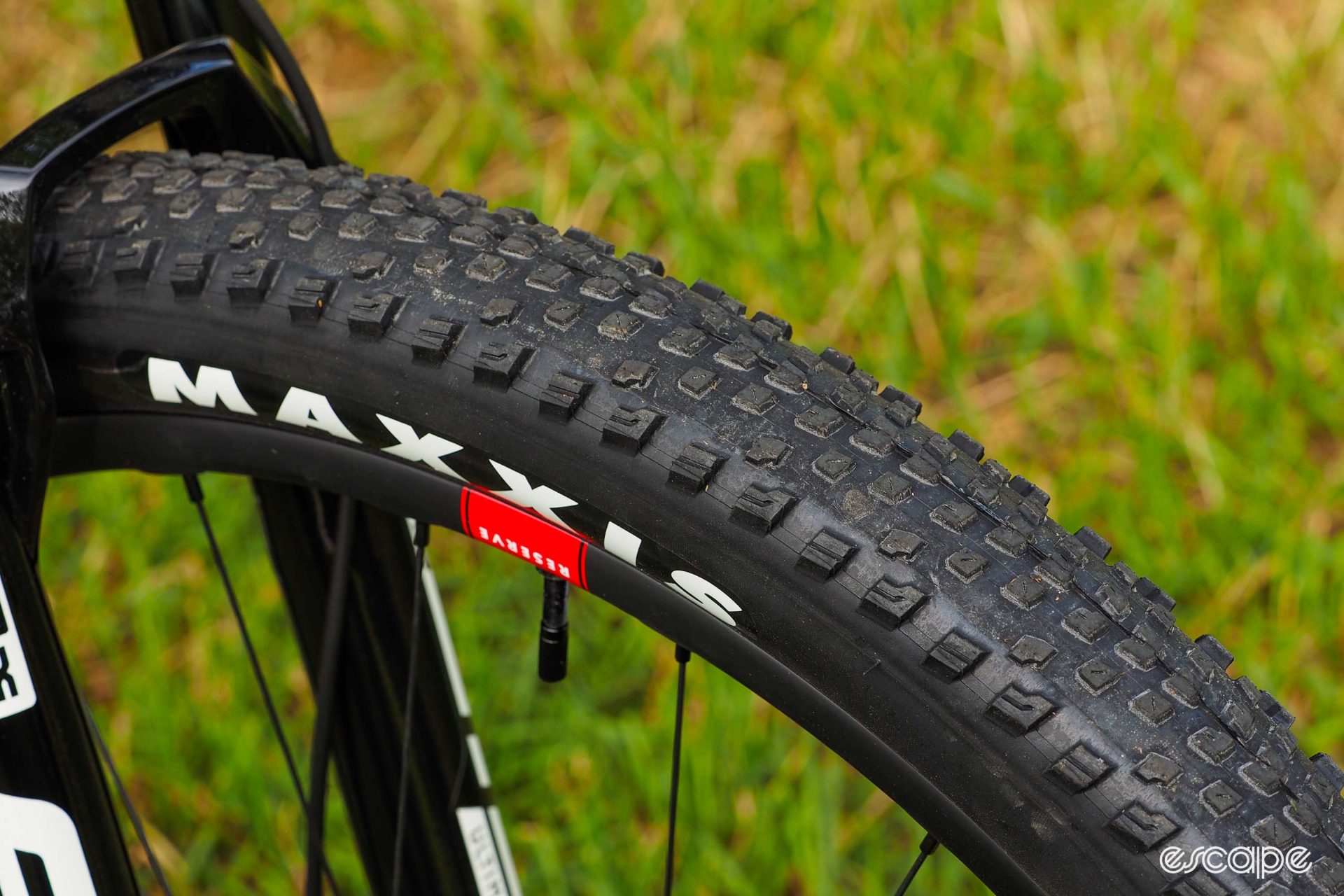
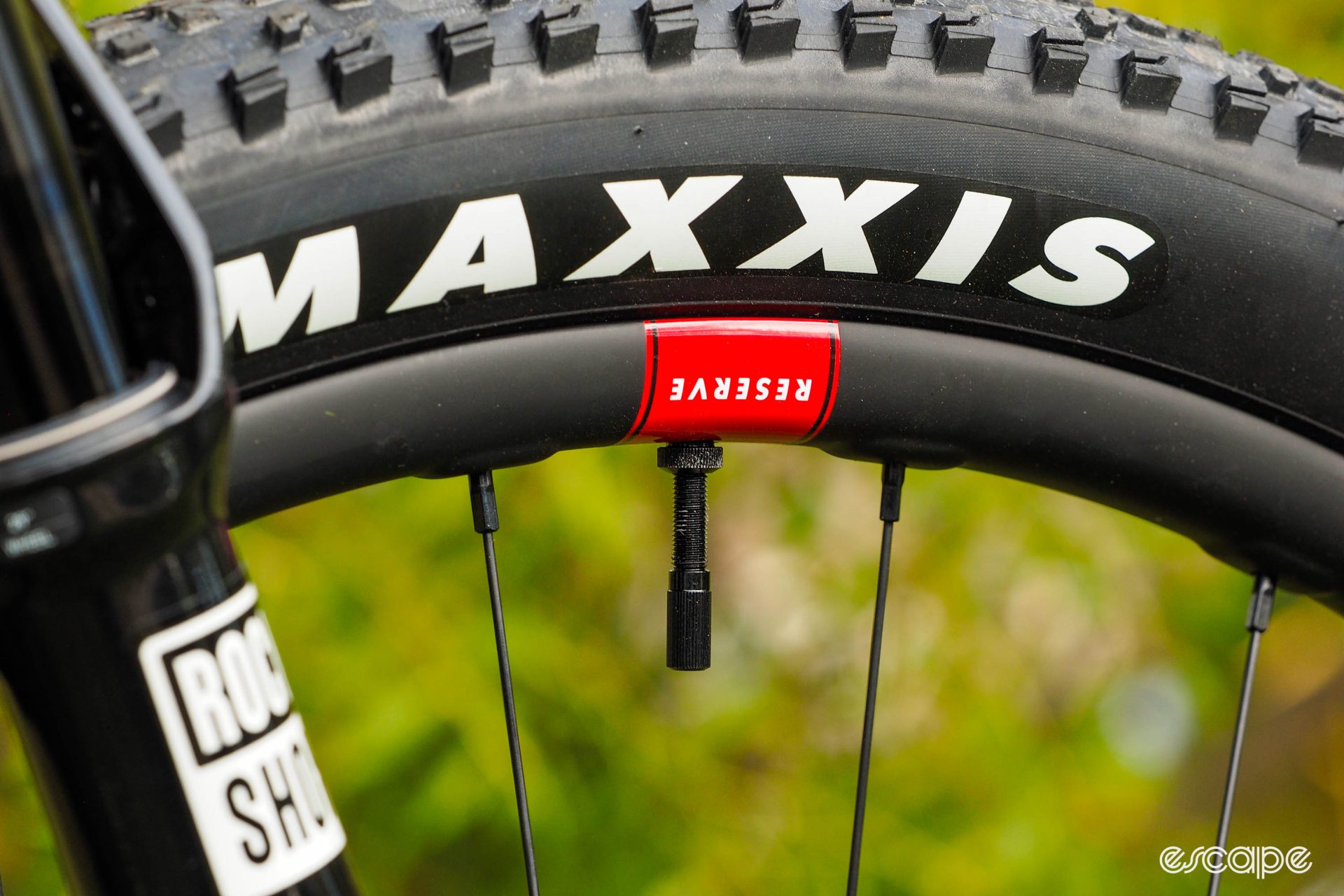
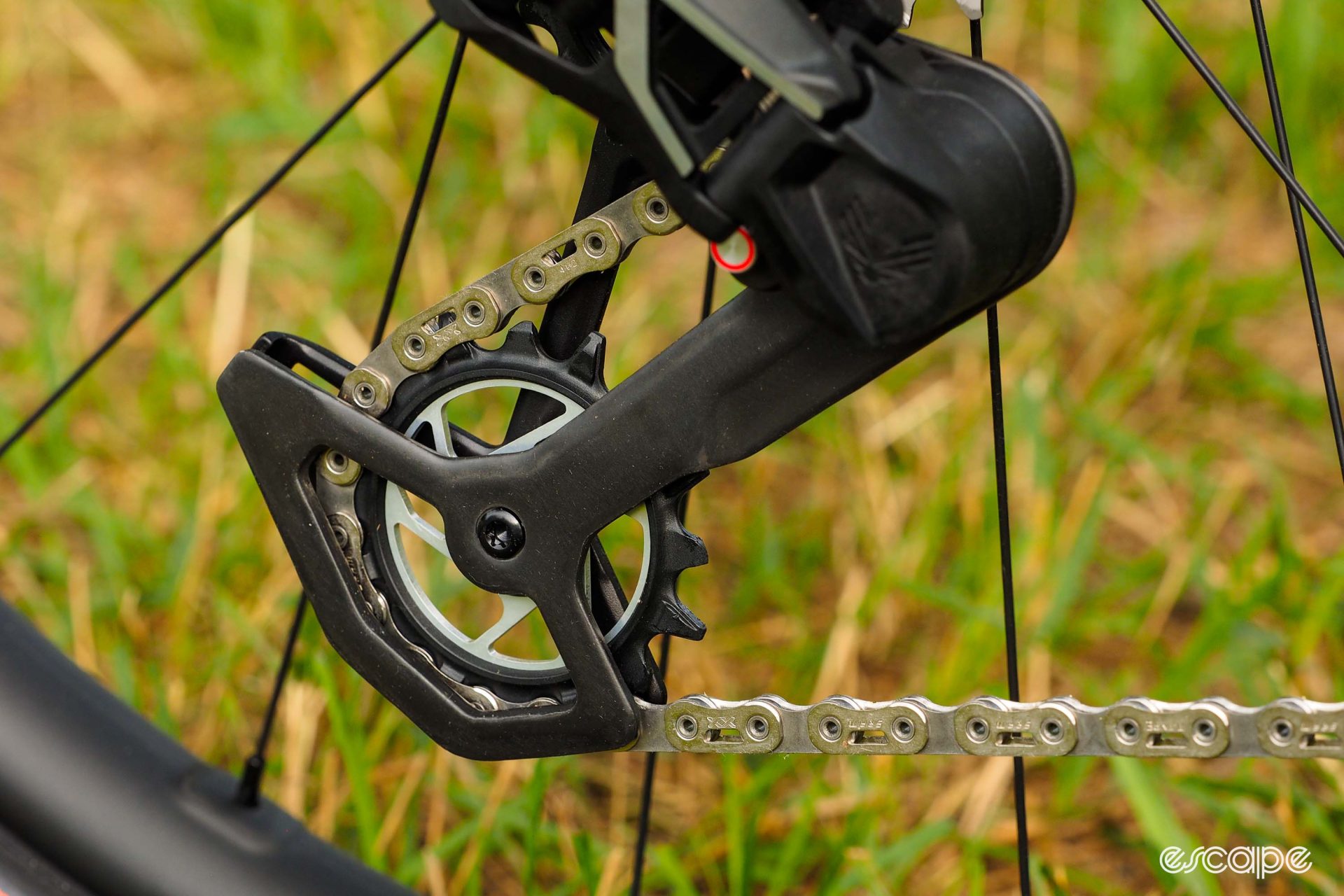
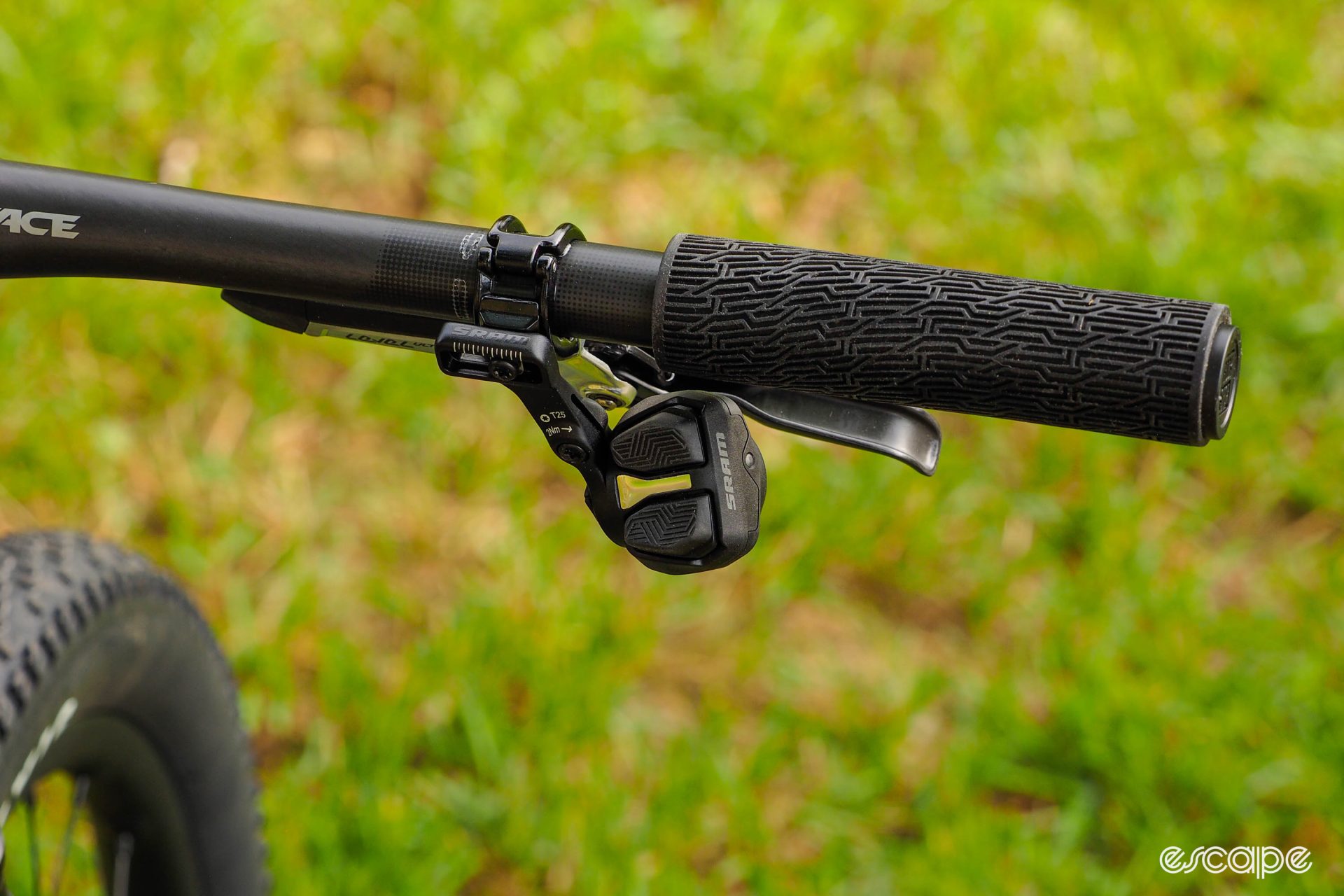
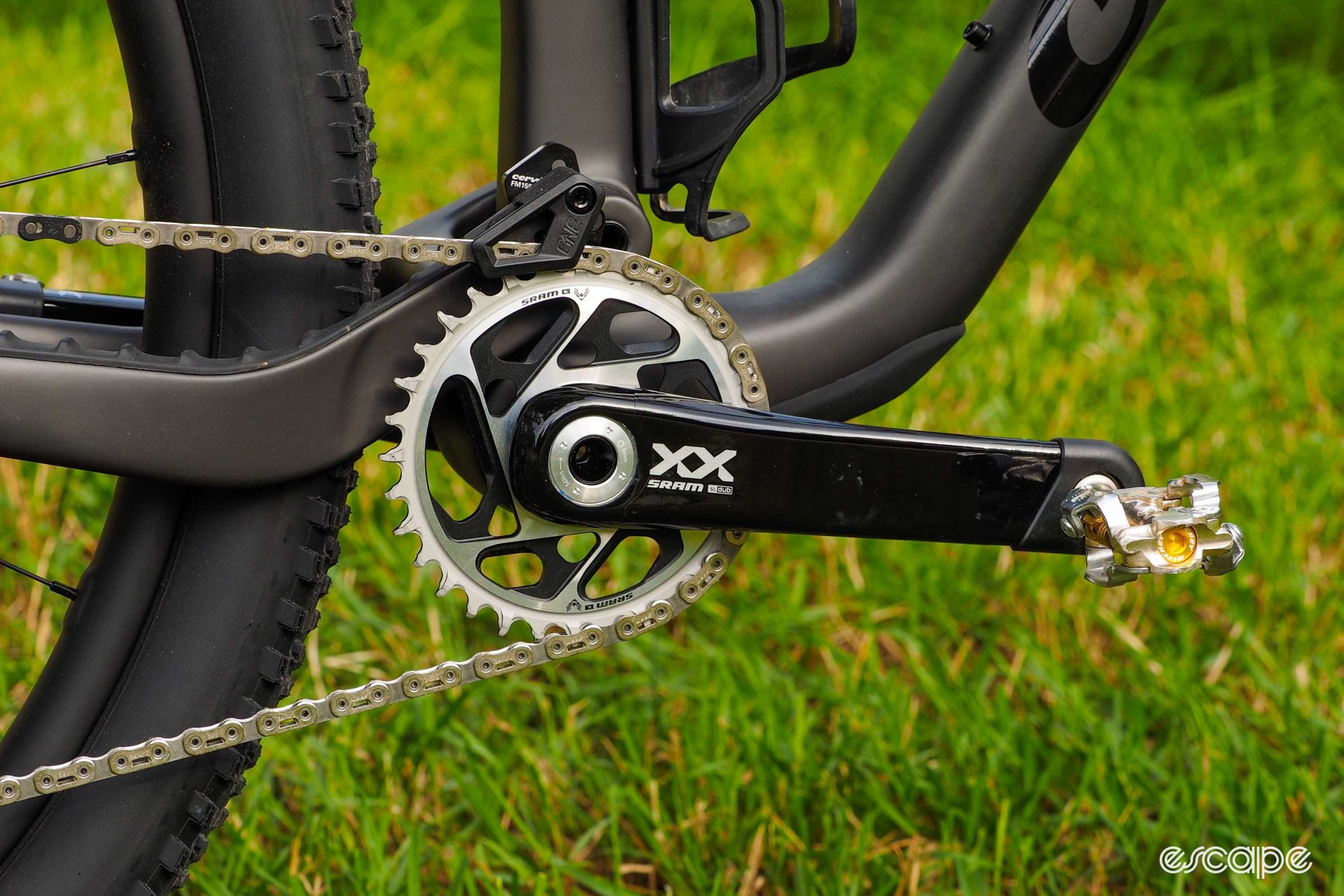
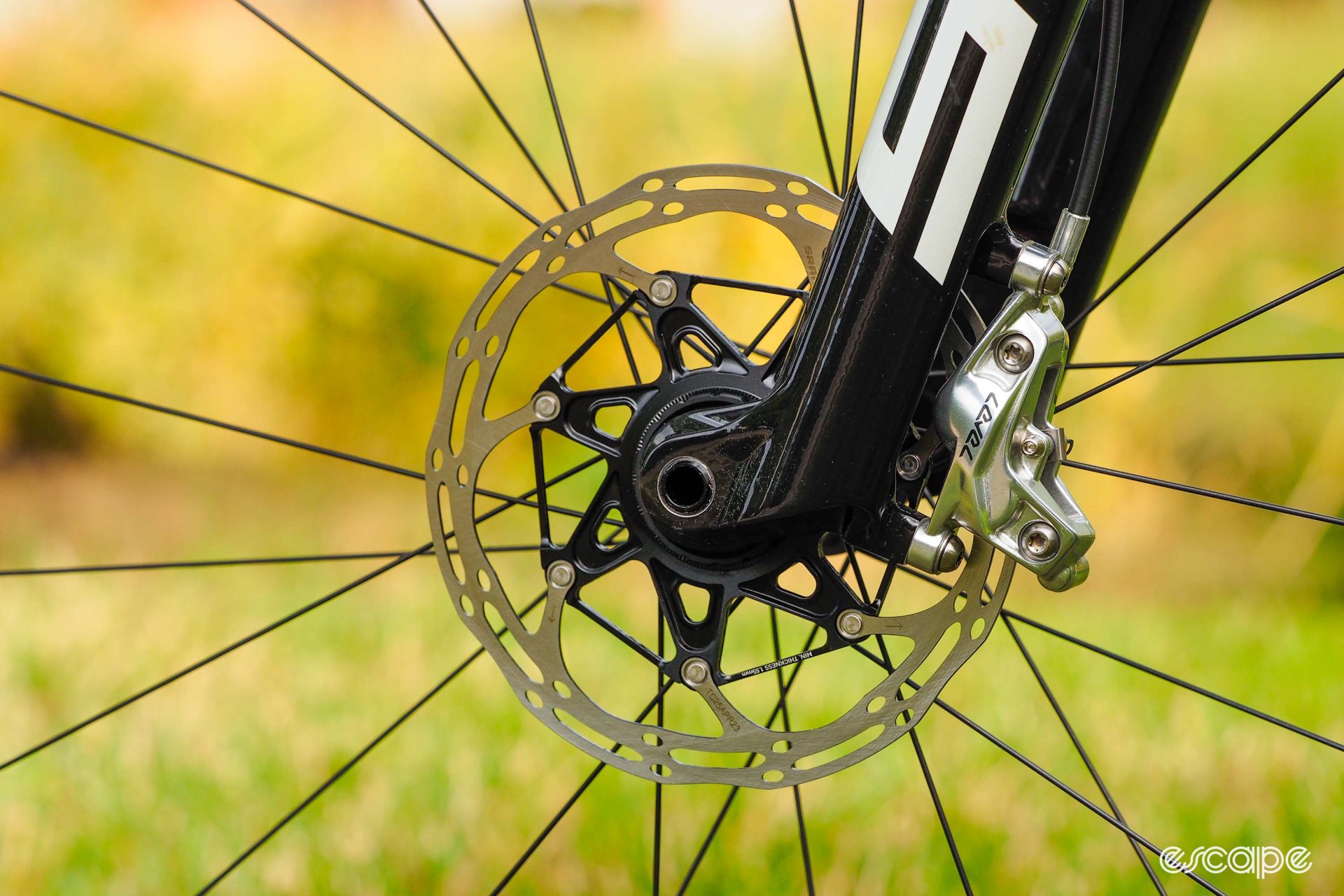
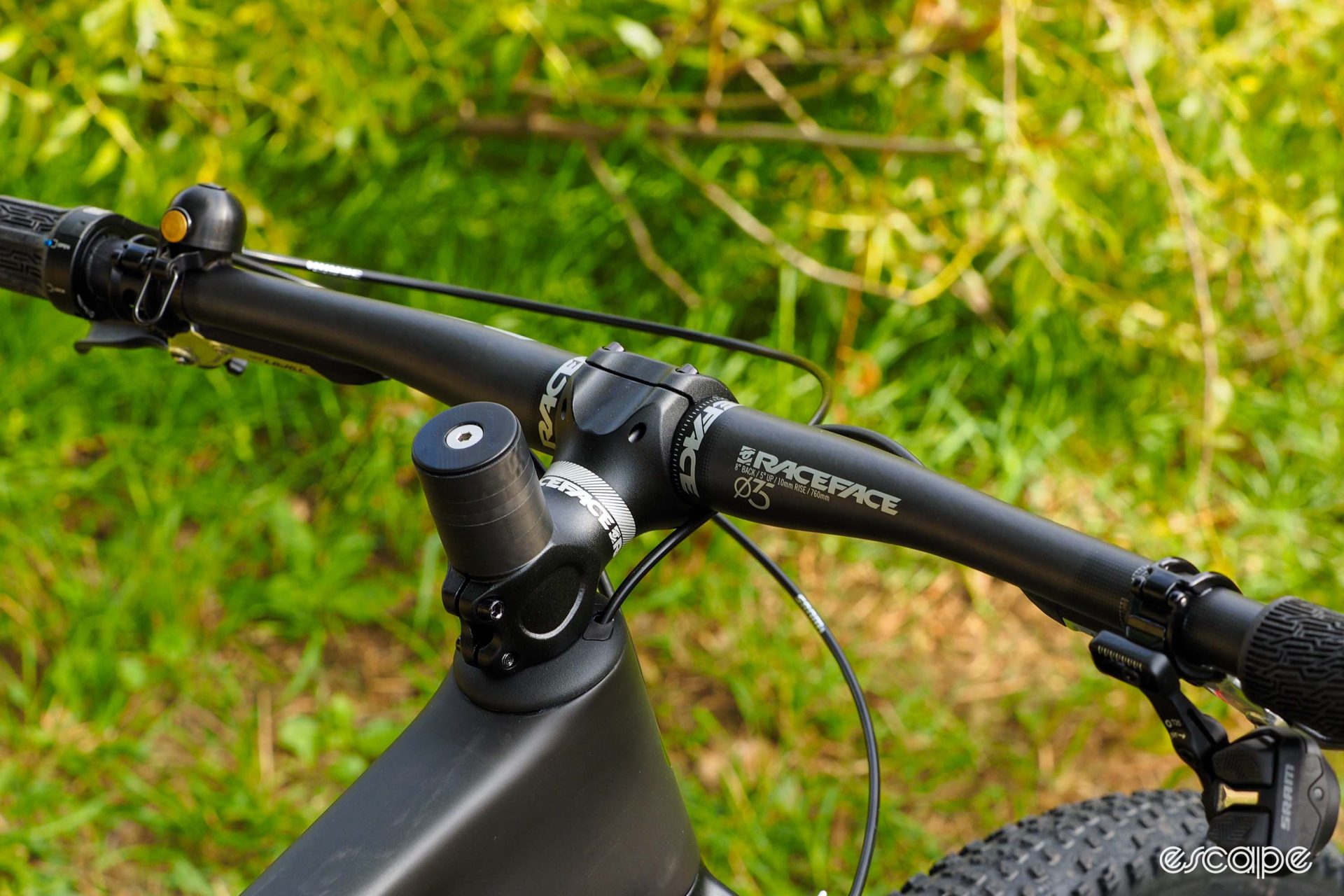
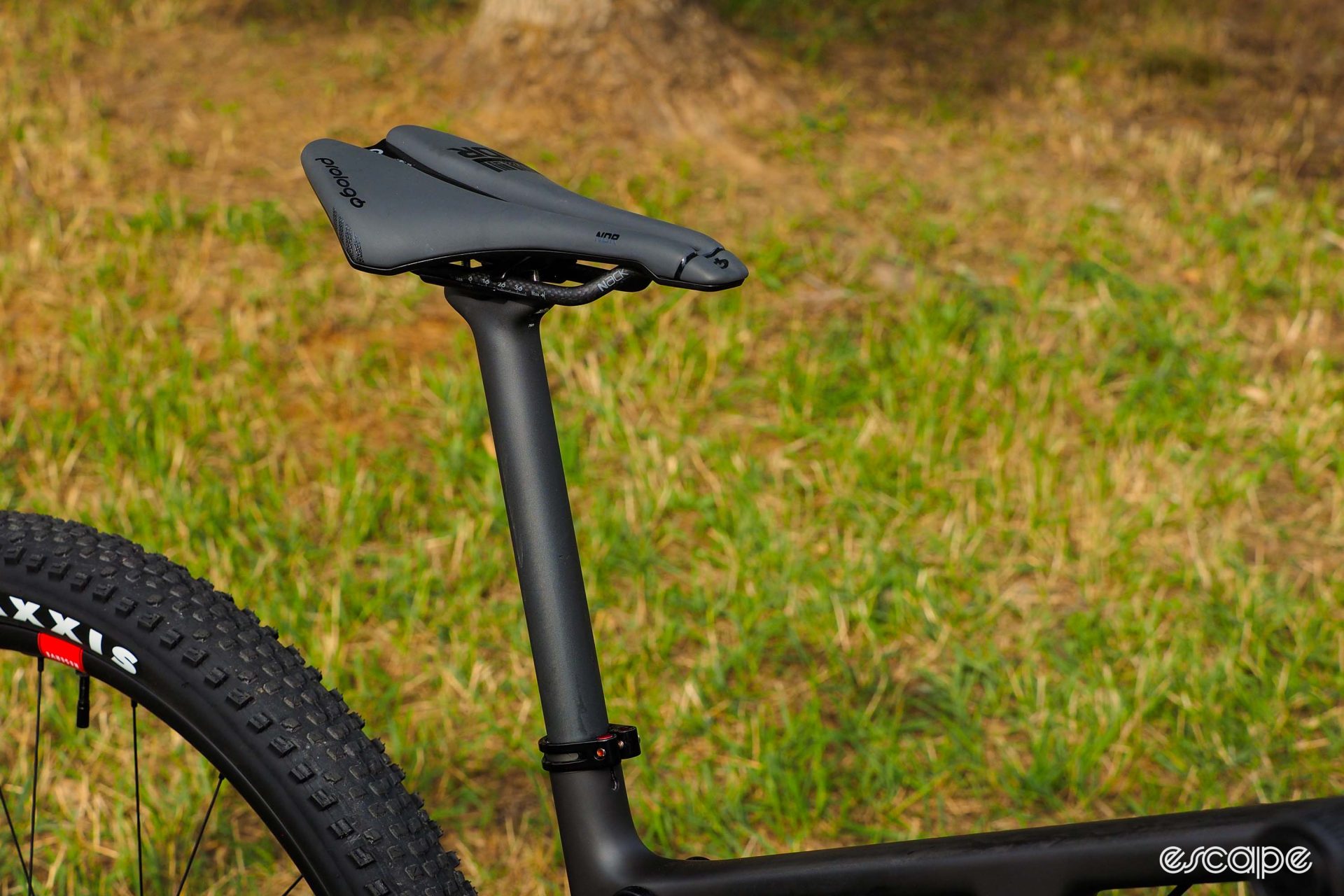
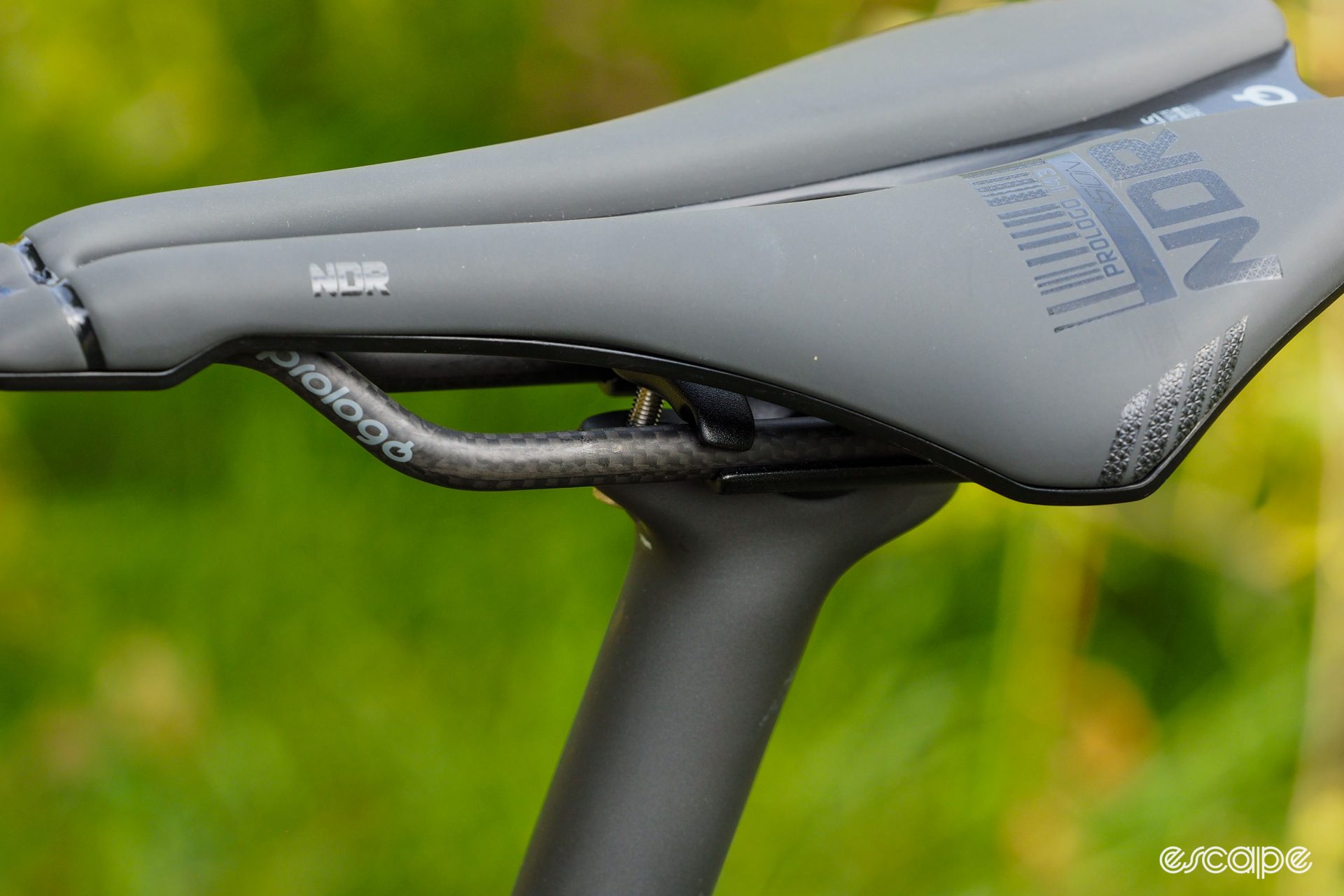
Did we do a good job with this story?

